Dezentrierte Räume. Nina Möntmann über die Arbeiten von Renée Green
Flaneuse - On the Road - World Tour
Die Frage nach der Lokalisierung marginalisierter kultureller Räume wird in postkolonialen und kulturgeografischen Theorien seit den späten 1980er-Jahren mit Begriffen wie „beyond“[1], „Inbetween Space“[2], „Third Space“[3], „Culture on the Margins“[4], „Out There“[5], „In Other Worlds“[6] oder „Alien Territory“[7] in Zusammenhang gebracht. Allen Umschreibungen ist gemeinsam, dass es sich um dezentrierte Räume handelt, um Grenzgebiete, Rand-, Zwischen- oder Außenzonen, um kontingente Räume, die zwischen den eindeutig definierten, homogenen Räumen des Mainstreams angesiedelt sind.
Renée Green navigiert in ihrer Arbeit genau diese dezentrierten Räume. So finden sich methodische und thematische Bezüge zu unterschiedlichen Bewegungsformen im geografischen Raum. Wiederkehrend tauchen die drei Bilder der „Flaneuse“, des „On the Road“-Seins und der „World Tour“ auf. Sie beschreiben die Durchmessungen verschiedener, sich räumlich ausdehnender Geografien. Abgesehen von einer unterschiedlichen Geschwindigkeit, in der kleine beziehungsweise größere Distanzen überwunden werden, sind mit diesen Fortbewegungsmodi jeweils unterschiedliche Positionen des kulturellen Lebens verknüpft: Die „Flaneuse“ durchmisst zu Fuß eine europäische Großstadt, „On the Road“ ist man mit dem Auto in den USA, eine „World Tour“ wird mit dem Flugzeug unternommen.
Häufig stellt ein längerer Aufenthalt und eine intensive Begehung der Stadt, in der ihre Ausstellung stattfindet, die Ausgangssituation in Greens Arbeit dar. Dabei ist ihre Fortbewegung als Flaneuse nicht zielgerichtet, es sind zufällige Entdeckungen, die sie auf ihrem Weg macht. Zufällig stößt sie auf politisch Bedeutendes, weil ihre Wahrnehmung darauf gerichtet ist, nicht aber weil es einen vorher konzipierten Wegeplan gäbe. Ihr Interesse an den Punkten, an denen sie verharrt, die sie fotografiert oder auf andere Weise in ihre Arbeit einbezieht, geht davon aus, „dass sie ihre Arbeit als eine Untersuchung der westlichen Kultur versteht,“[8] die in Ausgrenzungsprozessen die erwähnten marginalisierten, dezentrierten, kulturellen Räume hervorbringt.
Import/Export Funk Office, 1992-94
Eine der Arbeiten in Greens World Tour-Ausstellung ist ihr bislang umfassendstes Projekt, das Import/Export Funk Office, in dem sie am Beispiel der HipHop-Rezeption in Deutschland den Austausch zwischen afroamerikanischer und europäischer Kultur untersucht, nach dem Motto: „Schwarze Musik und weiße Hörer“.[9] Es ist ein Work-in-Progress, das sie 1992 in der Galerie Nagel in Köln zum ersten Mal ausstellte. Die nächste Fassung entstand für die Biennale des Whitney Museums in New York 1993. Im selben Jahr installierte Green die bis dato letzte räumliche Version im Rahmen der World Tour-Ausstellung im Museum of Contemporary Art in Los Angeles, in dessen ständige Sammlung die Arbeit übergegangen ist. Ihre andauernde Weiterarbeit an dem Projekt besteht in einer Umstrukturierung des Datenmaterials und dessen Transfer auf CD-ROM und ins Internet.
Das Funk Office funktioniert nach dem Prinzip des Raums im Raum. Zehn handelsübliche, verzinkte Stahlregale sind zu einem begehbaren, nach zwei Seiten hin offenen Gehäuse zusammengestellt und verschraubt. Über den beiden einander gegenüberliegenden „Eingängen“ ist jeweils ein Schild mit der Aufschrift „Collectanea“ angebracht, ein aus der Ethnologie adaptierter Begriff, der die Materialsammlung bezeichnet, welche von Ethnologen in ihrer Feldforschung zu einem bestimmten Gebiet zusammengestellt werden. Greens Gebiet in dieser Arbeit vermittelt sich auf einer ersten, unmittelbaren Ebene über den Sound von HipHop-Musik, über Gespräche auf Videos zu afrodiasporischer Kultur und der Rezeption „Schwarzer Musik“ in Europa sowie über ausliegende Buchtitel und Zeitschriften zu diesen Themen.
Die Betrachtenden nähern sich der Arbeit wie einem Archiv. In den unterschiedlichen Medien – Bücher, Zeitschriften, Video- und Audiotapes, Schrifttafeln und Aktenordner – sind Informationen abrufbar, die nicht mit einem Blick und aus einer Perspektive einsehbar sind, sondern entdeckt, ausgewählt, aufgeschlagen beziehungsweise in die adäquaten Abspielgeräte eingelegt werden müssen. Über die individuelle Selektion und Zusammenstellung der bereitgestellten Informationen erschließt sich jede/r einen eigenen Weg des Zugangs oder der Konfrontation mit dem von Green ausgebreiteten Thema.
In der ersten, 1992 in Köln entstandenen Fassung des Funk Office entwickelte Green ihr Konzept als eine Art Porträt des Popkulturtheoretikers Diedrich Diederichsen, der zu der Zeit in Köln als Mitherausgeber der Musik-Zeitschrift Spex tätig war und dem beziehungsweise dessen Platten- und Büchersammlung sie bei eine Aufenthalt in Köln zufällig begegnet war. In Spex und in seinen Buchveröffentlichungen initiierte Diederichsen in Deutschland die Diskussion um „Schwarze Musik“ im Netzwerk ihrer politischen Kontexte. Green studierte seine Bibliothek und Plattensammlung, in denen sich ein starkes Interesse für afrodiasporische Kultur abzeichnet: Sie entdeckte Bücher zur Black Theory und zahlreiche Schallplatten und CDs mit „Schwarzer Musik“, insbesondere HipHop. Einige Bücher überschneiden sich mit Greens eigener Bibliothek (zum Beispiel Titel von Henry Louis Gates, Houston Baker, Malcolm X und Nelson George), was nach den Beziehungen afrodiasporischer Kulturtheorie zu Diederichsens Leben und zu der deutschen Kultur im Allgemeinen fragen lässt. Green begann, das Profil einer gut informierten, aber die kulturelle Identität betreffend außen stehenden Person zu erforschen. Sie stellte eine Liste von circa 60 Buchtiteln zusammen, die sie von Diederichsen für die Ausstellung entlieh.
Auch die Musiktapes und Videos drehen sich um die Person Diederichsen, der die Musikkassetten aus seinem Fundus aufnahm.[10] Auf den Videos sind 26 Stunden Gespräche aufgezeichnet. Die meisten führte Green selbst, die als Kamerafrau immer im Hintergrund bleibt und sich nur durch ihre von Zeit zu Zeit fragende Stimme zu erkennen gibt. Die Gespräche sind mit Diederichsen und anderen Personen, die in kulturtheoretischen Zusammenhängen arbeiten, zu Themen „Schwarzer Musikproduktion“ und weißer Rezeption, kulturellen Zuschreibungen und benachbarter Themen geführt.[11] In dieser ersten Fassung wurden die Gespräche in Köln oder in New York aufgezeichnet.
Die zweite Version des Funk Offices entstand für die Whitney-Biennale 1993 in New York. Dort verwendete Green nicht mehr die Original-Bücher und Zeitschriften aus Diederichsens Besitz, sondern kaufte sie neu, wobei sie die Liste veränderte und um Neuerscheinungen ergänzte, die sie mit Diederichsen gemeinsam ausgewählt und in New York gekauft hatte. Dort hatten die Rezipient*innen in der Regel einen anderen Einstieg. Die Wahrscheinlichkeit, dass das New Yorker Publikum im Whitney Museum die Bücher kannte, war relativ hoch. Während die Kölner*innen Diederichsen in den Videos wiedererkannten und ihn als Kultur-Importeur wahrnehmen konnten, waren in New York häufig die dortigen Gesprächspartner*innen bekannt und Diederichsen erschien als ein informierter Europäer, der sich in afroamerikanischen Diskursen auskennt. Green, die an ihrem Wohnort New York in „Black Culture“-Kreisen aktiv ist, importierte Diederichsen in dieses Umfeld und inszenierte die Begegnungen in den Videos. Als eine weitere Komponente des Transfers kommt der Status beider Städte, Köln und New York, als das zu diesem Zeitpunkt nationale Zentrum des Kunsthandels hinzu.
In Los Angeles war ein weiterer Ortsbezug über die Figur Diederichsens gegeben, insofern er zur Zeit der Ausstellung seine Lehrtätigkeit am Art Center in Pasadena antrat. Green begleitete ihn auf seinen Stadterkundungen und seinen Treffen mit lokalen HipHop-Musikern und Musiktheoretikern und dokumentierte dies in weiteren Video-Gesprächen mit ihm und seinen Kontaktpersonen.[12] In Anspielung auf die Filmmetropole Hollywood, als ein Wahrzeichen Los Angeles' erweiterte Green die Präsentation der Gespräche um eine Video-Wandprojektion. Die Bücher ergänzte sie gemeinsam mit Diederichsen um Neuerscheinungen zum Thema und um Beatnik-Literatur, die von dem Ausbruch aus der Stadt, dem kalifornischen „On-the-Road-Sein“ handelt. Während in der Kölner und der New Yorker Version „Eastcoast-HipHop“ aus New York gespielt wurde, der eher als politisch gilt, konnte man in Los Angeles zudem den durch explizite Texte aggressiveren und in den Arrangements einfacheren „Westcoast-HipHop“ hören. Der „Eastcoast“- und der „Westcoast“-HipHop haben im Musikbetrieb kaum Berührungspunkte, es gibt zum Beispiel praktisch keine Co-Produktionen von Musiker*innen. Neben der ökonomischen Konkurrenz besteht ein weiteres Motiv hierfür in dem Bedürfnis, eigene Identitätsmodelle zu konstruieren, welche sich gegen eine reduktionistische und essentialistische Festlegung des „Schwarz-Seins“ als ein umfassender gemeinsamer Nenner positionieren, auf dessen Basis eine Ausschließungspolitik betrieben wird. Die von Musiker*innen gewünschte Definition unterschiedlicher HipHop-Stile im Musikbetrieb ist demnach auch in ihrer Funktion als politische Geste zu verstehen.
Ortsbezug als dynamisches System
Das Funk Office kann als aktiver Ort nur in Städten realisiert werden, auf die es reagieren kann, also dort, wo Diskurse subkultureller Musikproduktion stattfinden, wo HipHop als Code für eine bestimmte Freiheit funktioniert, die durch Sprache, Rhythmus und Musik existieren kann.
Greens methodischer Ortsbezug als ein dynamisches System wie auch ihre Bezugnahme auf das Phänomen des „Inbetween-Space“ in Zusammenhang mit postkolonialistischer Identitätskonstruktion entfaltet eine politische Dimension des Nomadischen, die mit Deleuze/Guattaris Begriff der „De-Territorialisierung“ in Verbindung gebracht werden kann. Die Nomaden sind „ein Deterritorialisierungs-Vektor. Durch eine Reihe von lokalen Aktionen, deren Orientierung und Richtung immer wieder anders sind, fügen sie Wüste an Wüste und Steppe an Steppe.“[13] In der Aneinanderkettung der Orte, welche die Nomaden als Stationen aufsuchen, werden Grenzen negiert und nationale Territorien geschnitten. Insofern besitzen die Nomaden eine eigene Geografie, die sich über eine nationale Kartografie hinwegsetzt.
Dieses Motiv der Stationen als eine „Reihe von lokalen Aktionen“ ist mit Greens dynamischer Ortsbezogenheit koppelbar und ermöglicht ihr, eine politische Praxis im kulturellen Raum zu verorten, deren Effekt sich im Zuge dieser Argumentation als „De-Territorialisierung“ des White Cube bezeichnen lässt. Die Reglements und ästhetischen Codes des White Cube, sind in den 1970er-Jahren mit den Texten Brian O'Dohertys und den Arbeiten institutionskritischer Künstler*innen analysiert und dekonstruiert worden. Auf dieser Basis ist eine neue, transkulturelle Belegung des Ausstellungsraums möglich geworden.[14] Bei Green wird der Ausstellungsraum dabei zur Kontaktzone.[15] Der White Cube funktioniert als eine Art „Working Station“, in die Informationen vor Ort eingespeist werden. In den verschiedenen Städten setzen Prozesse der Kommunikation ein, der Vermittlung, der Übersetzung, des Austauschs und der Distribution von Informationen. In einer Konsequenz dieses Verständnisses vom Ort setzt Green ihre Arbeit an dem Import/Export Funk Office auf CD-ROM und im Internet fort. Das oben vorgestellte Bild des White Cube als „Working Station“ stellt sich nun wörtlich dar: mit jedem entsprechend ausgerüsteten PC als möglichem „Ausstellungsort“.
Nina Möntmann ist Professorin für Kunsttheorie an der Universität zu Köln, wo sie auch als Principal Investigator am Global South Studies Center (GSSC) forscht. Zuvor hatte sie die Professur für 'Art Theory and the History of Ideas' am Royal Institute of Art in Stockholm inne und war Kuratorin am Nordic Institute for Contemporary Art / NIFCA in Helsinki.
Der Text ist ein überarbeiteter Auszug aus: Nina Möntmann: Kunst als Sozialer Raum, Verlag der Buchhandlung Walther König, 2002, Neuauflage 2017 und erschien im Lerchenfeld #60.
Fußnoten:
[1] "It is the trope of our times to locate the question of culture in the realm of the beyond. [...] 'Beyond' signifies spatial distance, marks progress, promises the future; but our intimations of exceeding the barrier or boundary - the very act of going beyond - are unknowable, unrepresentable, without a return to the 'present' which, in the process of repitition, becomes disjunct and displaced." in: Homi Bhabha, The Location of Culture, London, New York 1994, S. 4.
[2] Ebd., S. 1 ff.
[3] Homi Bhabha, “The Third Space”, in: Rutherford, J. (Hg.), Identity, Community, Culture, Difference, London 1991, S. 207-221, und Bhabha 1994, S. 36-39. Edward W. Soja entwickelt ein angelehntes Konzept von „Thirdspace“, siehe Soja 1996.
[4] Jon Cruz, Culture on the Margins: the Black Spiritual and the Rise of American Cultural Interpretation, Princeton 1999.
[5] Siehe: Russel Ferguson/ Martha Gever / Trinh-T. Minh-ha / Cornel West (Hg.), "Out There", Marginalization and Contemporary Cultures, Cambridge MA und London 1990.
[6] Gayatri Chakravorty Spivak: In Other Worlds, London und New York 1988.
[7] Bhabha 1994, S. 38. Im November 1997 organisierte Diedrich Diederichsen in Berlin ein Symposion mit dem Titel “Loving the Alien.“ Der Untertitel der Veranstaltung „Science Fiction, Diaspora, Multikultur“ verweist auf die Parallelisierung postkolonialer Identität mit dem Status von Außerirdischen.
[8] Isabelle Graw, „Warum hat die es geschafft?, Anerkennungsprozesse bei Künstlerinnen (VI), Renée Green, Kontrollräume“, in: Artis, 47.Jg., Feb./März 1995, S. 40-45, S. 41.
[9] Verweis auf einen Buchtitel von Günther Jacob, Agit Pop. Schwarze Musik und weiße Hörer, Berlin/Amsterdam, 1993.
[10] Unter dem Titel The Development Tapes sind die Kassetten als Hör-Biografie Diederichsens mit den für ihn wichtigen Titeln seit seiner Jugend gekennzeichnet. Tatsächlich hat er nicht den Werdegang eines Spezialisten dargestellt, sondern Klassiker der Popmusik aufgenommen, Musik, die jede/r kennt.
[11] Zum Beispiel mit Gary Simmons und Greg Tate und einem HipHop-DJ aus Köln.
[12] Zum Beispiel mit dem HipHop-Aktivisten Brian Cross (B+), dem Rapper- und Dichter-Kollektiv blackmadrid und John Outerbridge, der in den 1960er-Jahren im Black Arts Movement aktiv war.
[13] Deleuze/Guattari 1992, S. 525. (Fehlt hier nicht noch die Nennung des Titels?)
[14] Ein Beispiel für diese Arbeit in der Ausstellungspraxis ist das oben kommentierte 'documenta X'-Konzept von Catherine David.
[15] Das Konzept des Ausstellungsraums als Kontaktzone entstammt einer Debatte aus den 1990er-Jahren, in der der Umgang mit Objekten in ethnologischen Museen verhandelt wurde. Marie Louise Pratt schreibt in ihrem Text “The arts of the contact zone” (in: Profession 1991, S. 33-40) von einem “social space, where cultures meet, clash, and grapple with each other, often in contexts of highly asymmetrical relations of power, such as colonialism, slavery, or their aftermaths.” (S. 34). Etwas später bezog sich James Clifford in seinem berühmten Essay “Museums as Contact Zones” auf Pratt (James Clifford, Museums as Contact Zones, in: ders., Routes. Travel and Translation in the late Twentieth Century, Cambridge/London 1997, pp. 188-219.
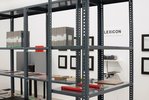


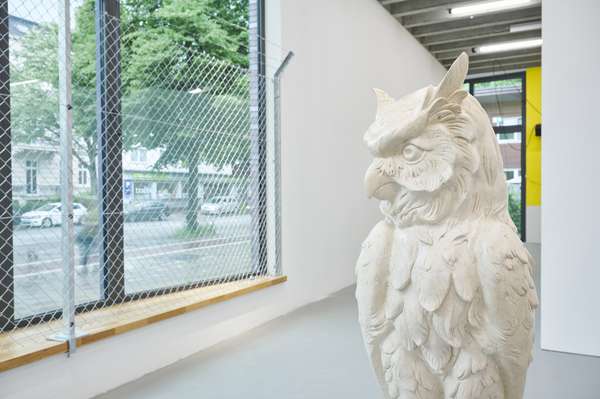









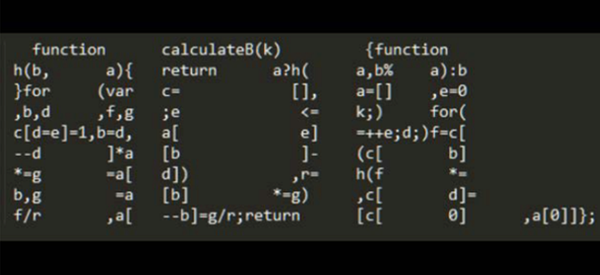
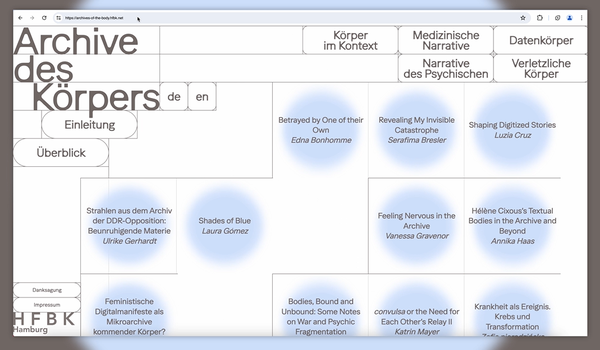





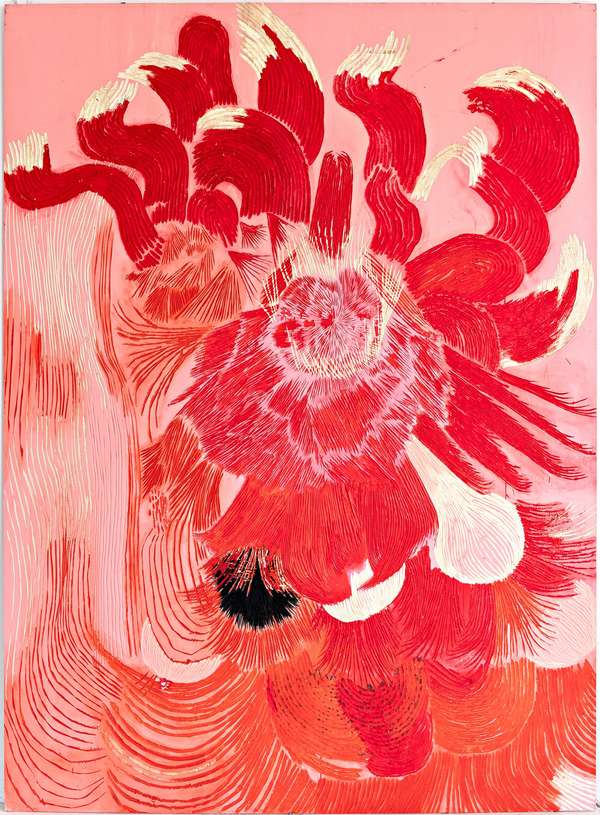
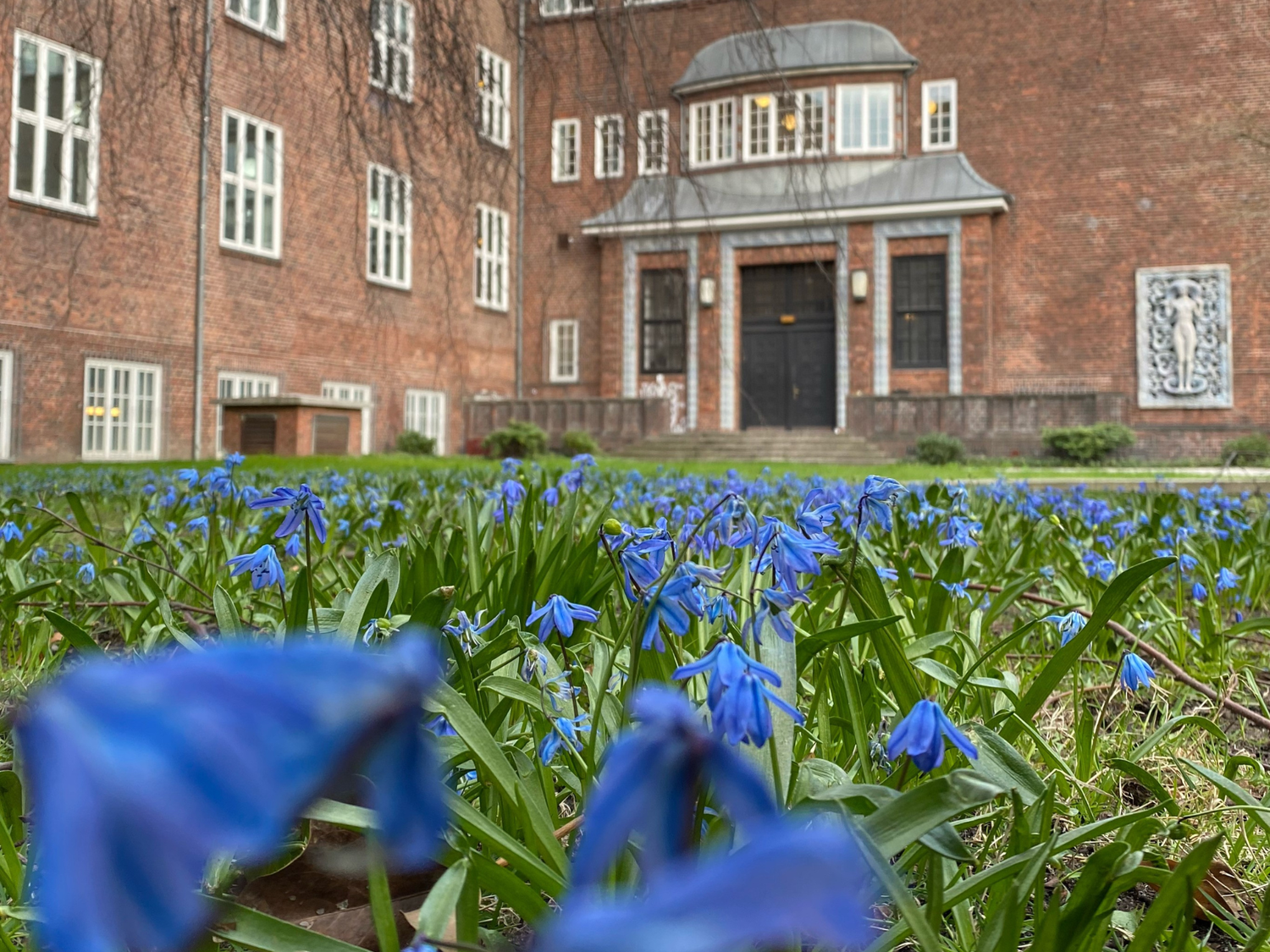
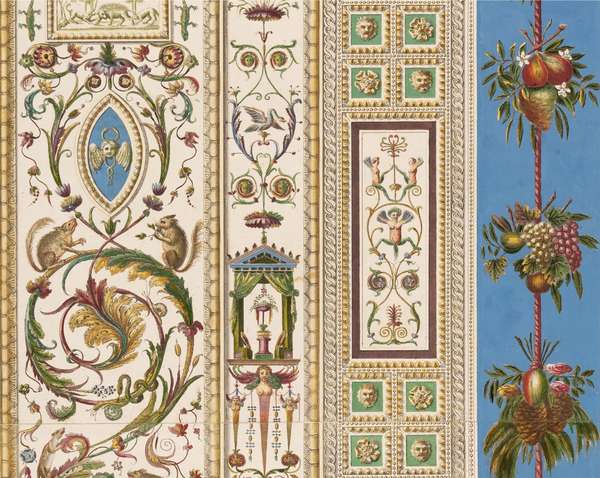
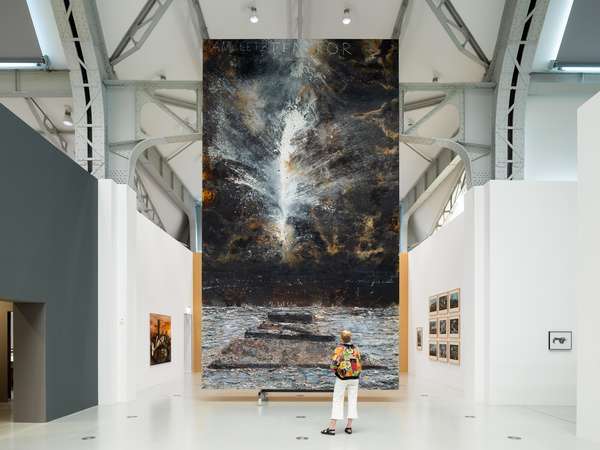
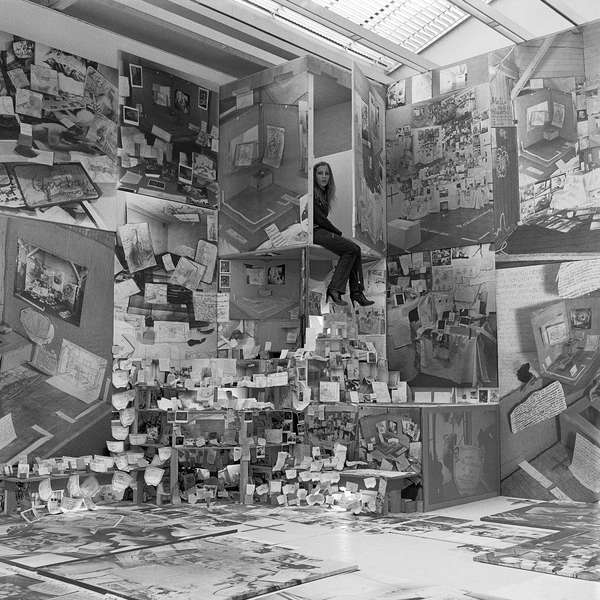
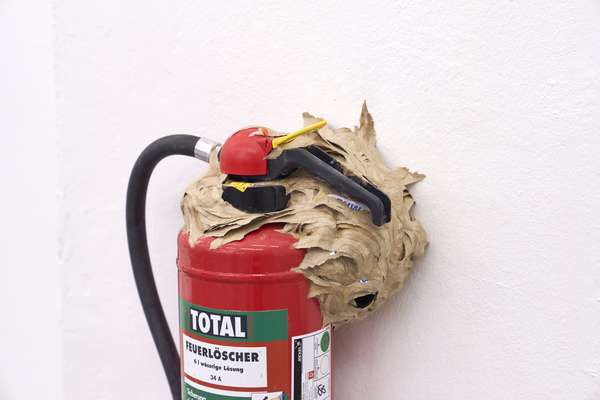
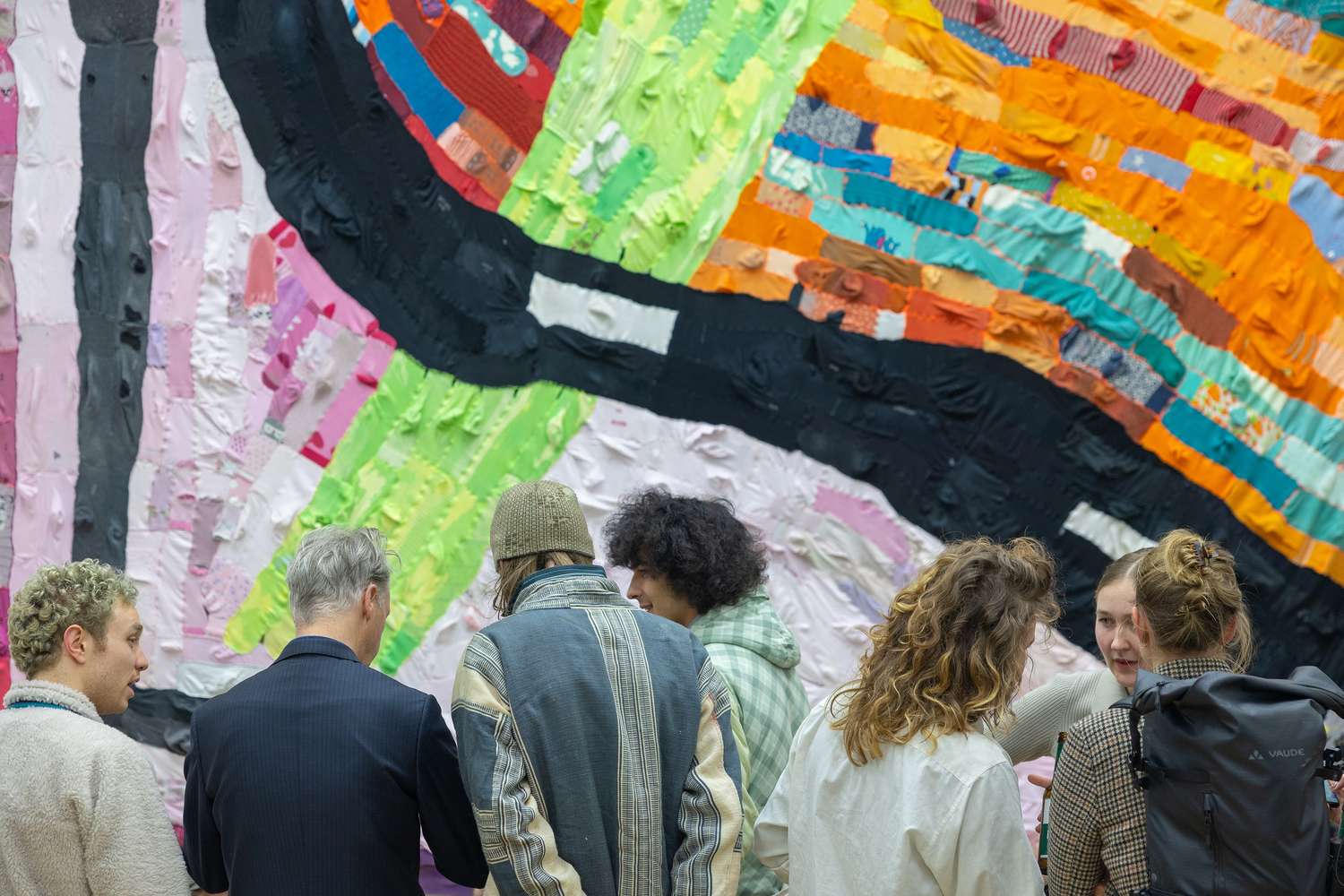
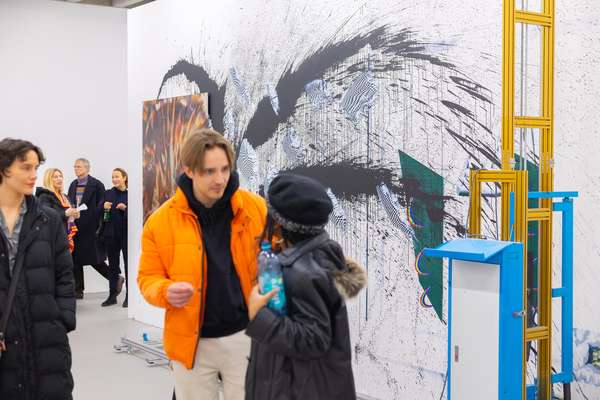

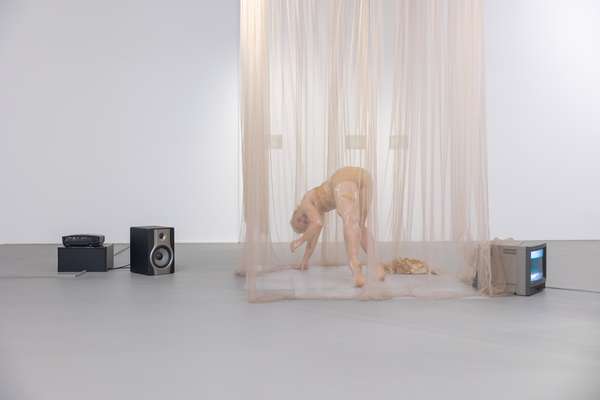
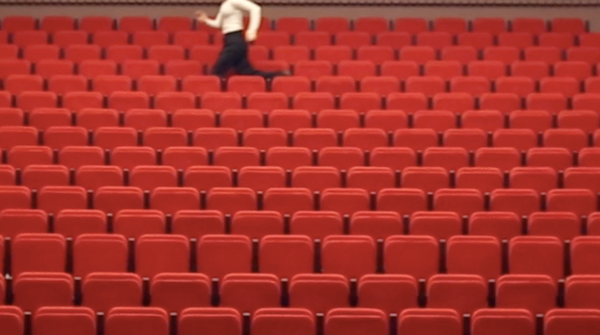
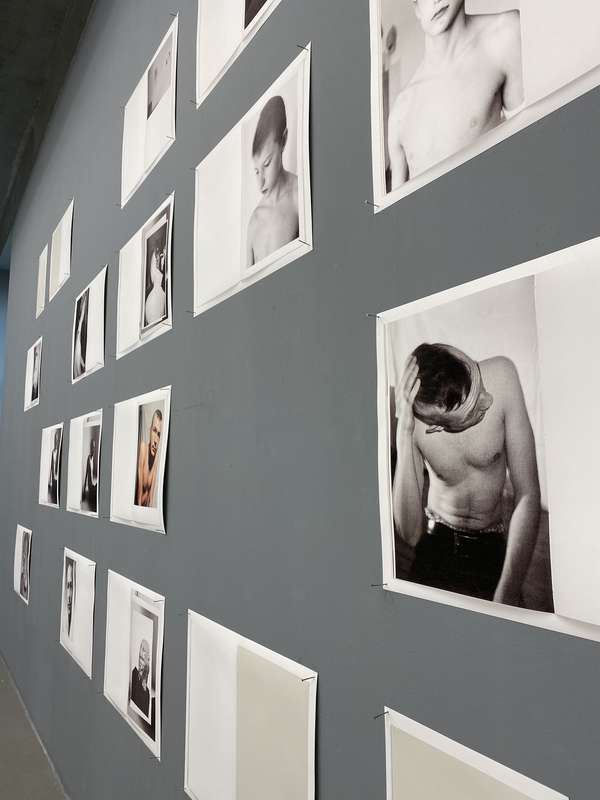
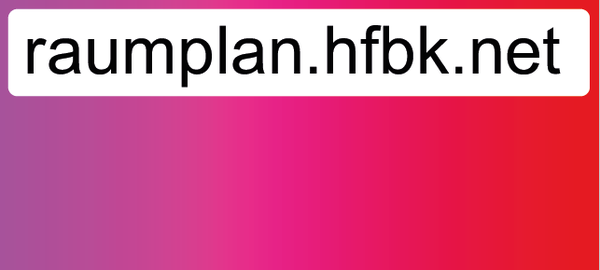
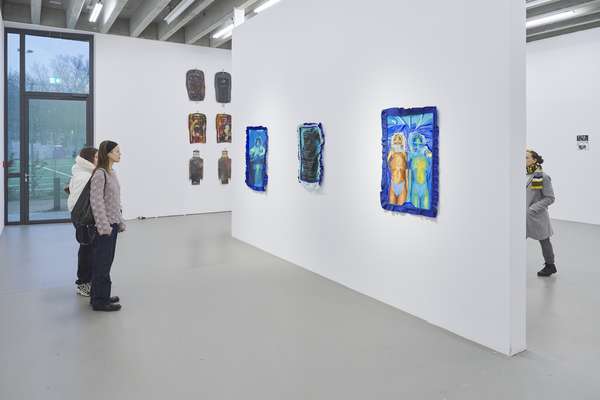

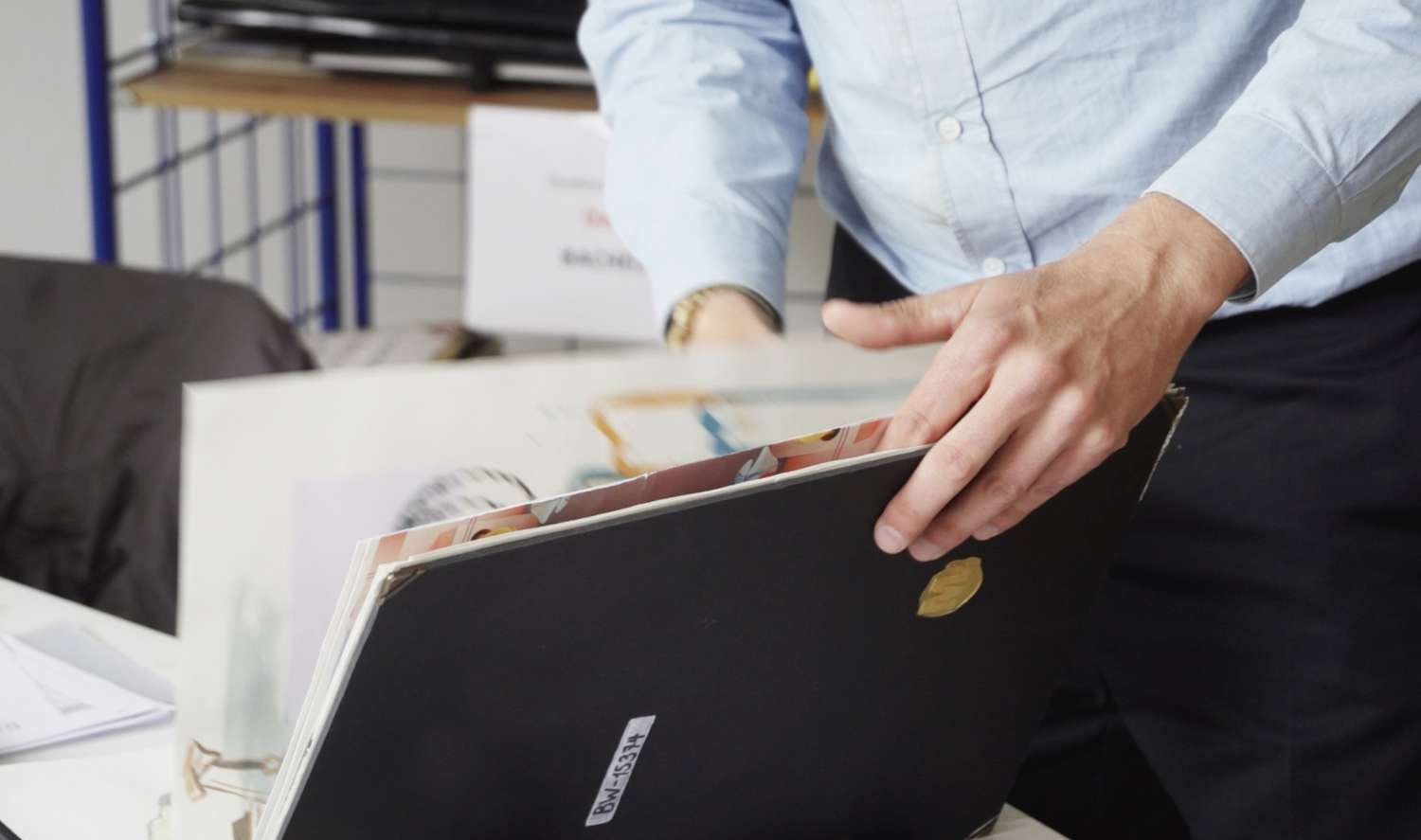
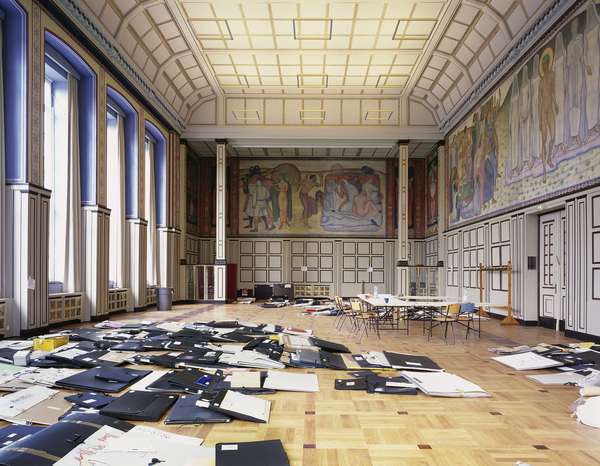
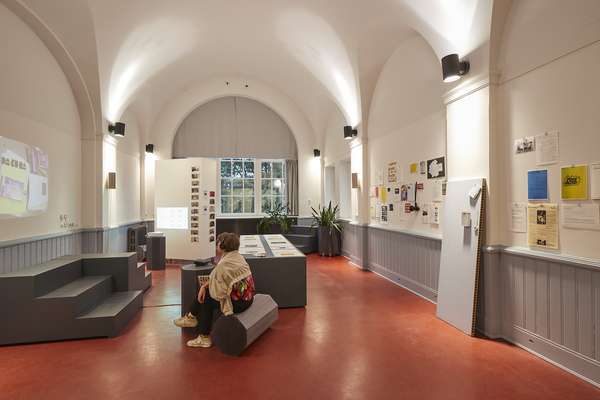

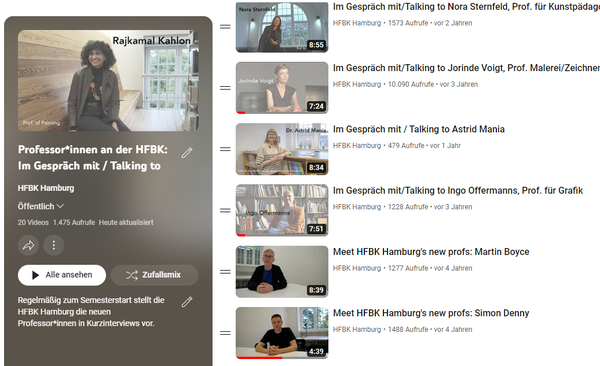
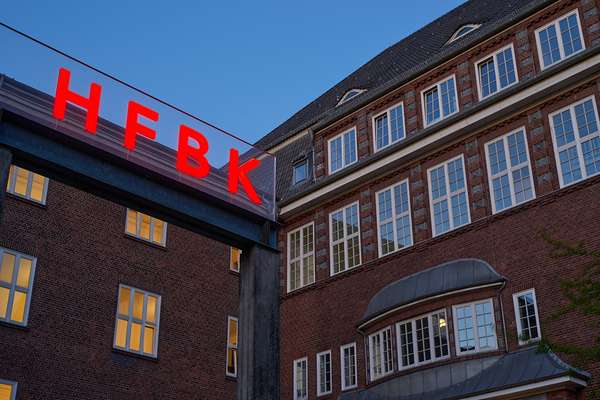
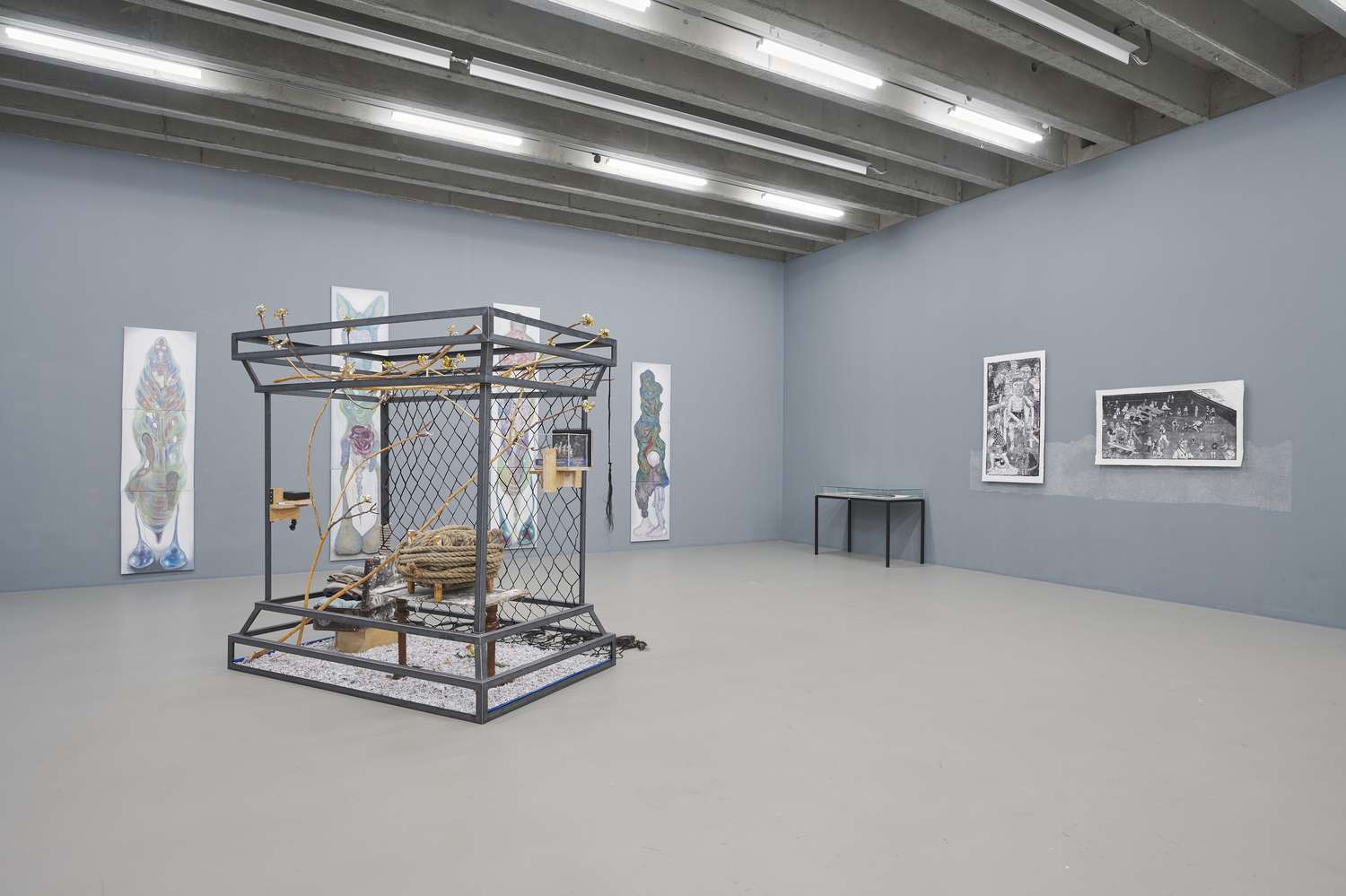

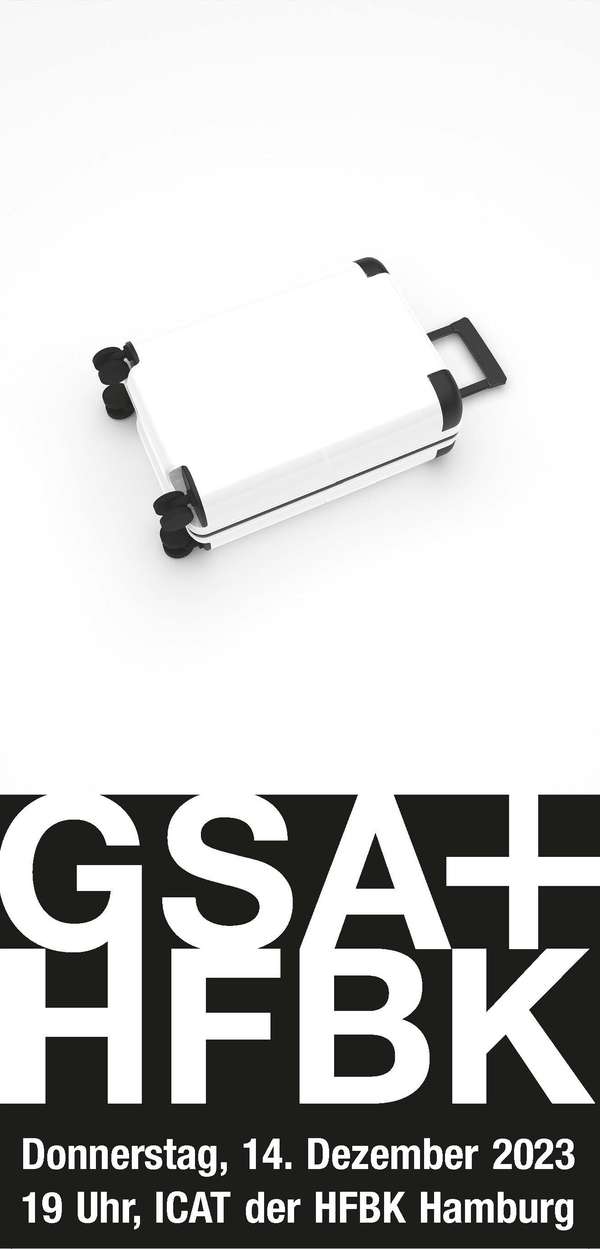









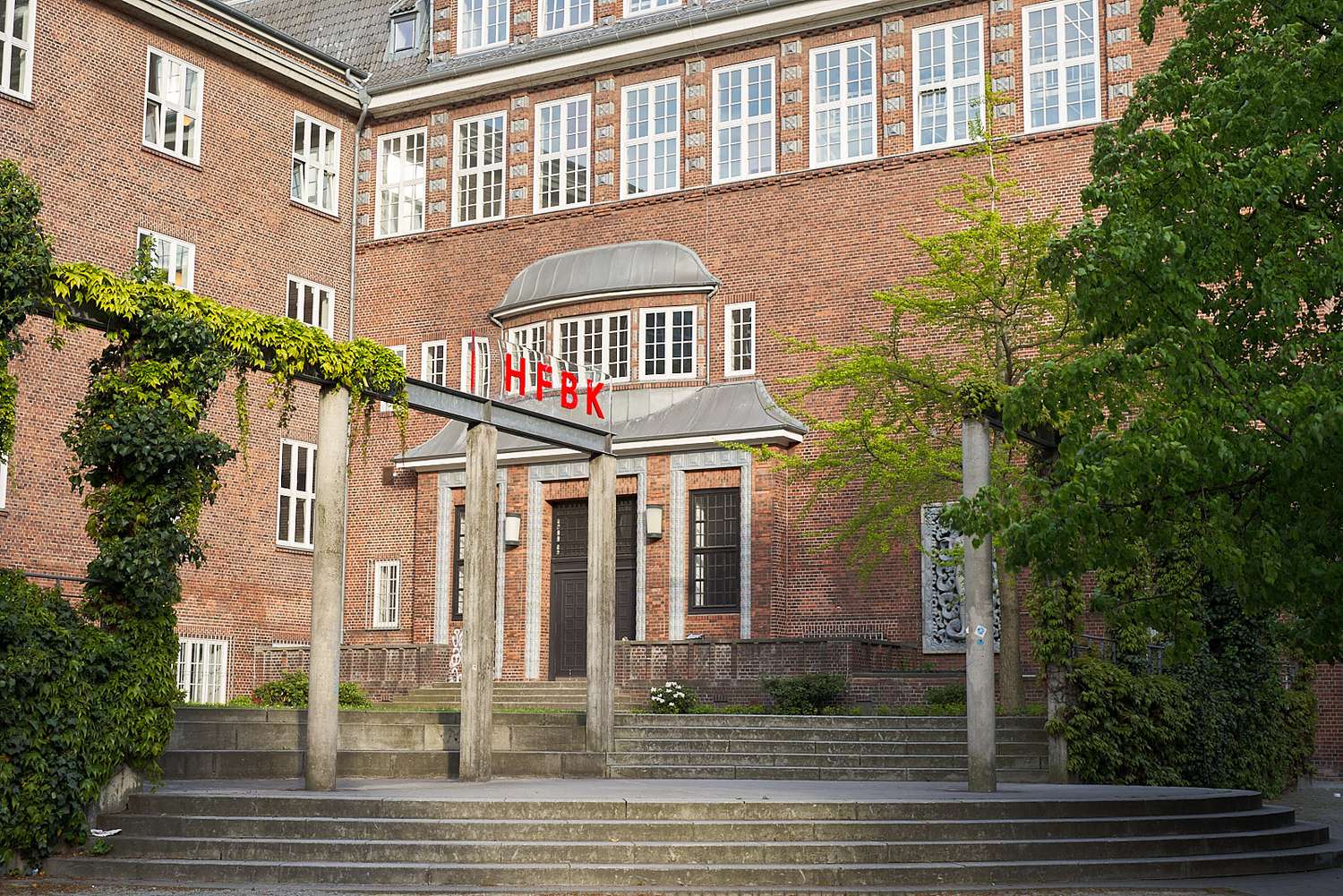
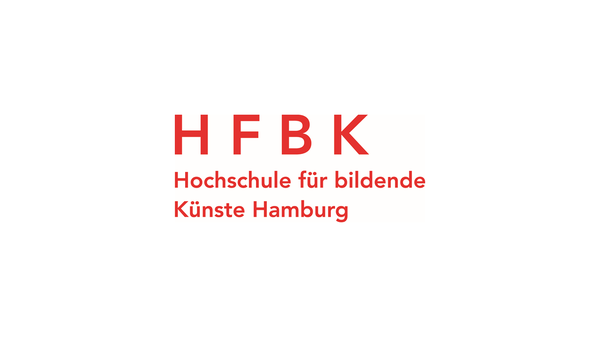
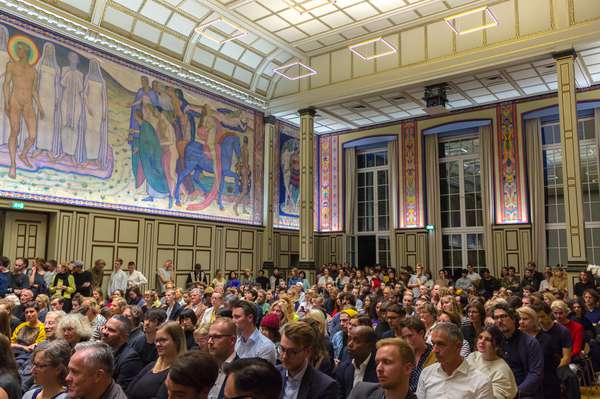
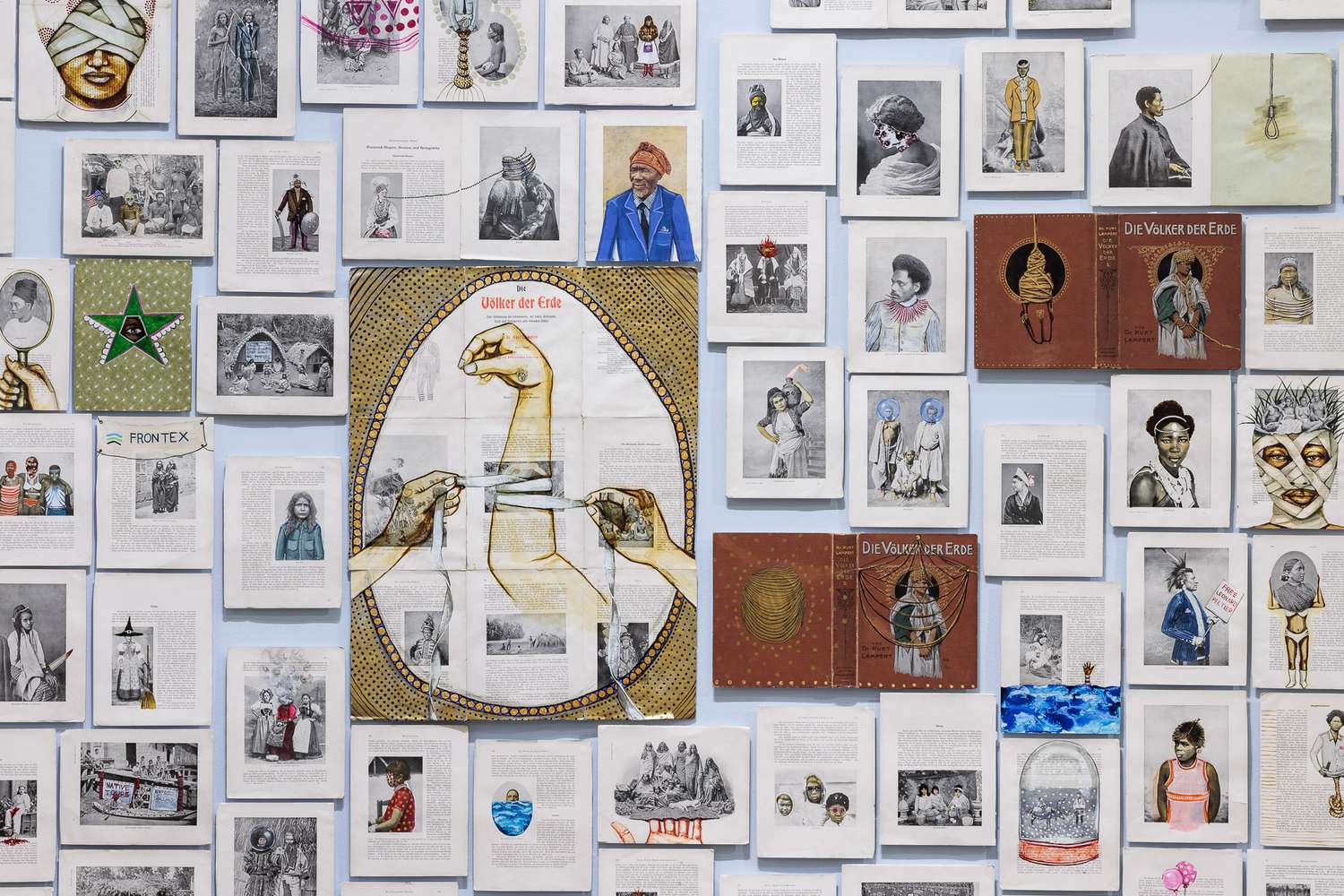
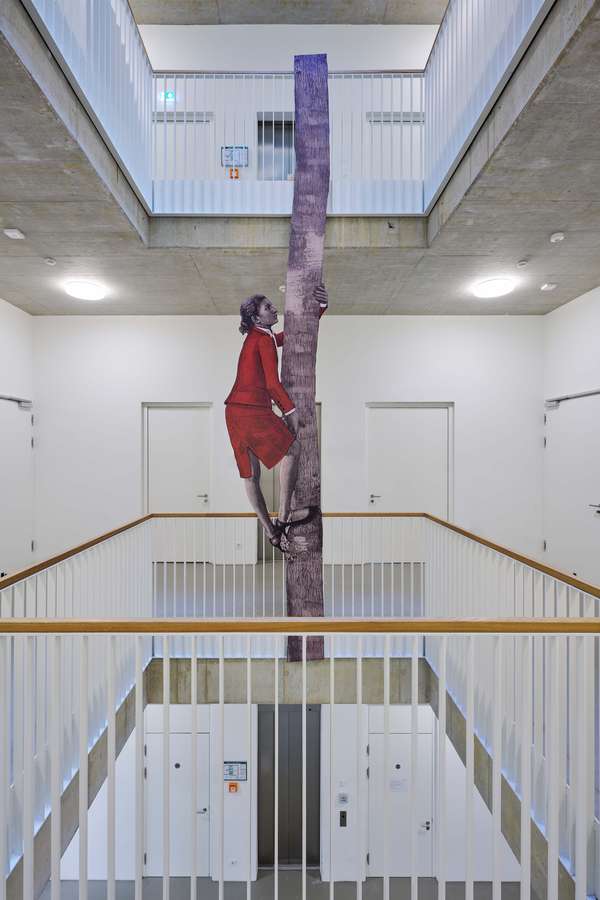



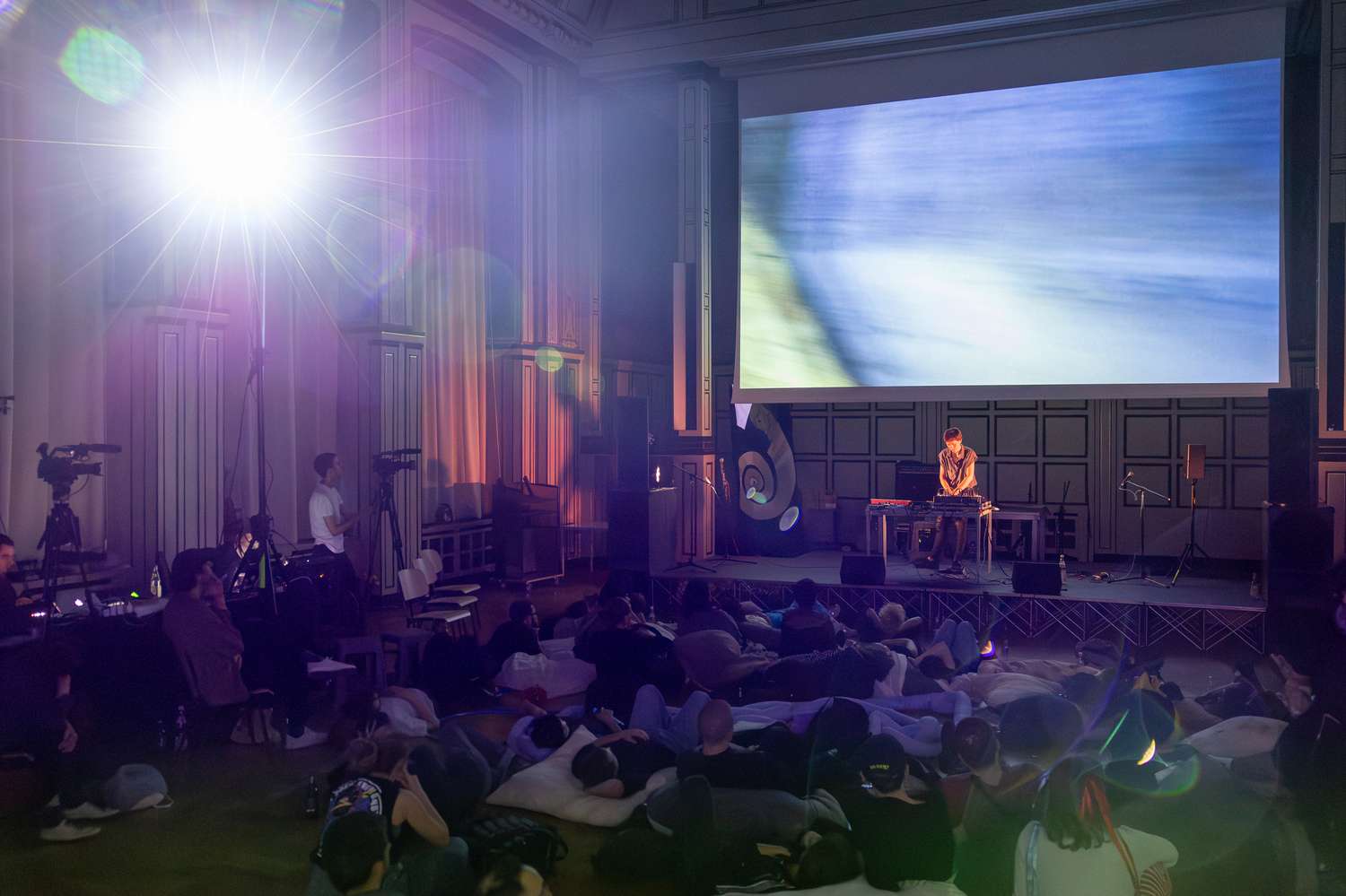
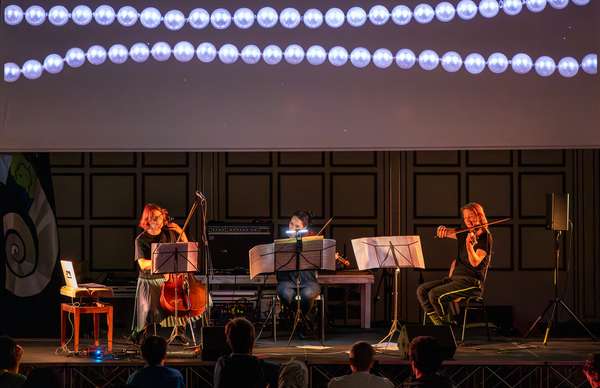
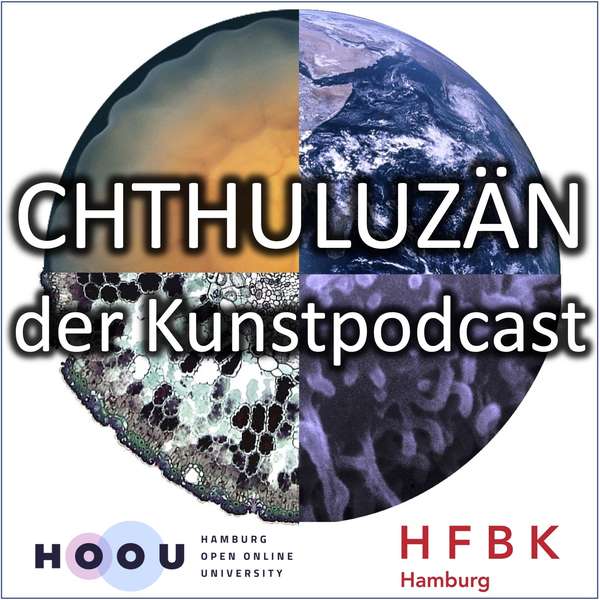
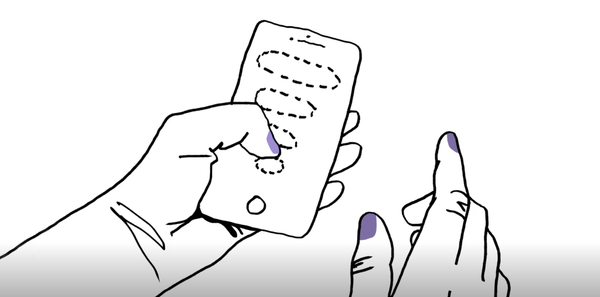
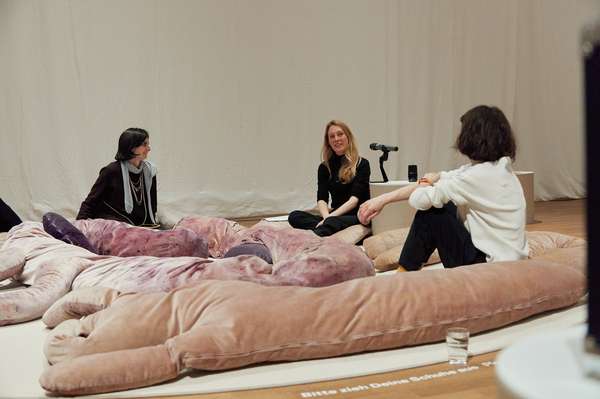






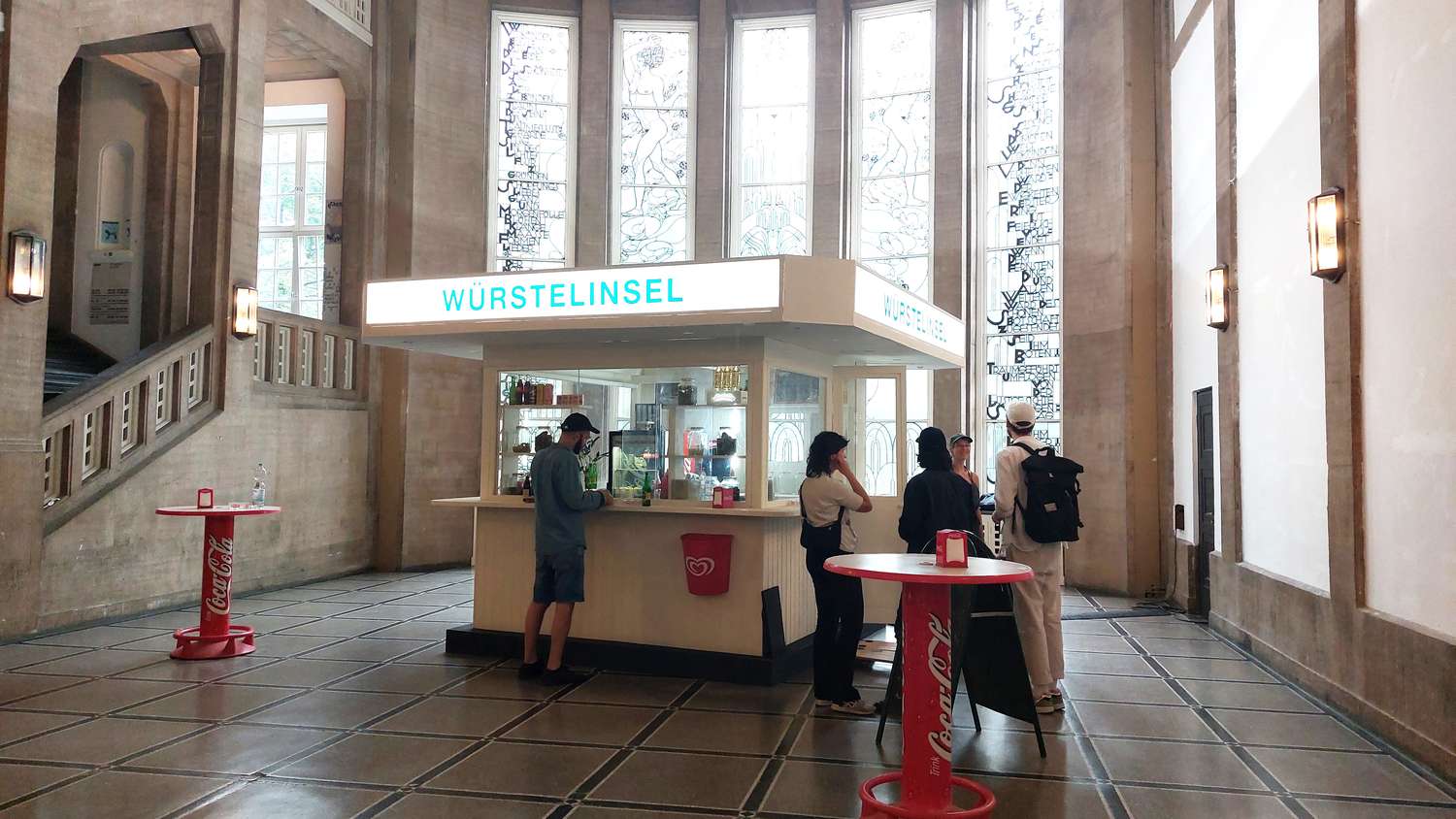
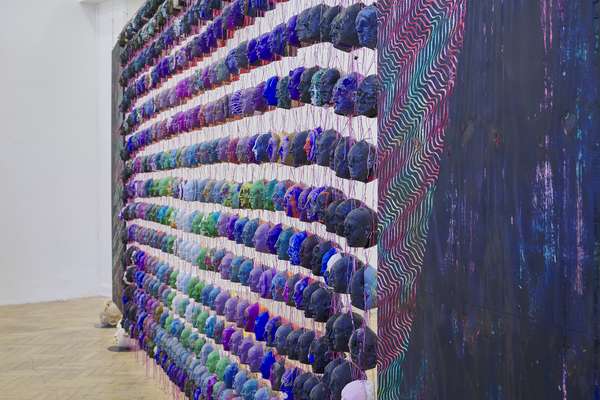


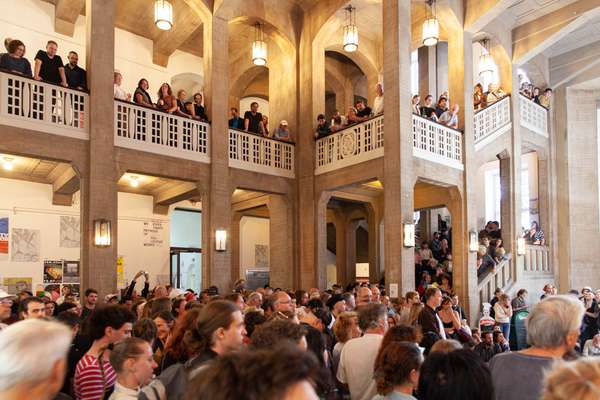
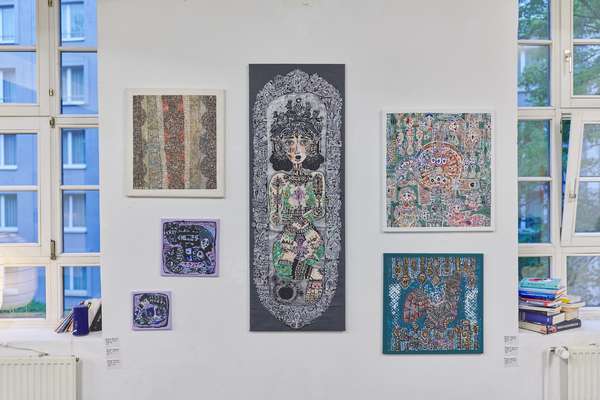

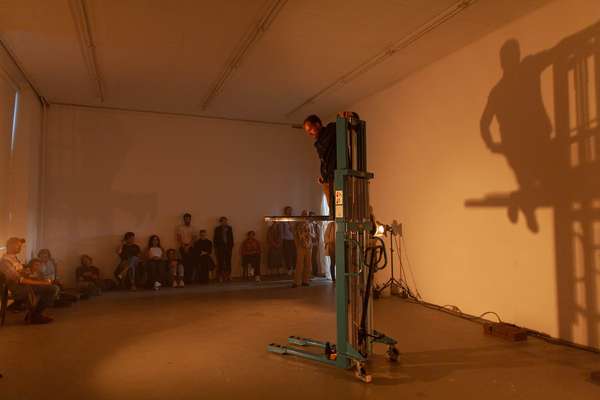



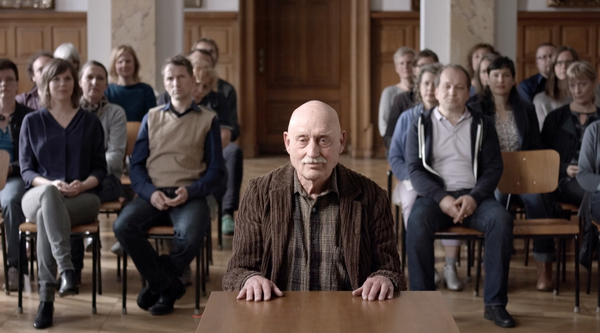


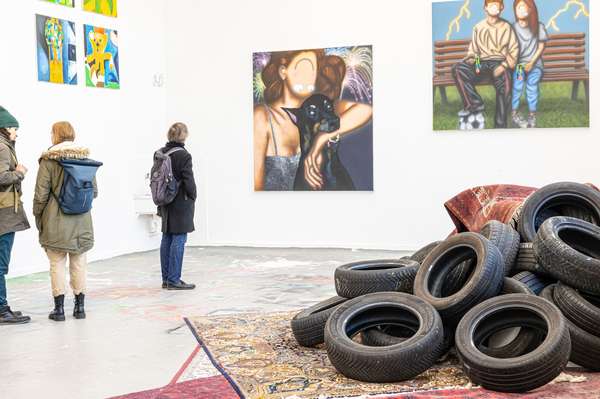
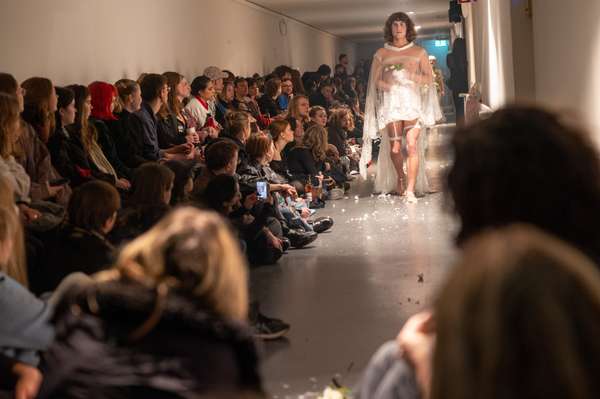
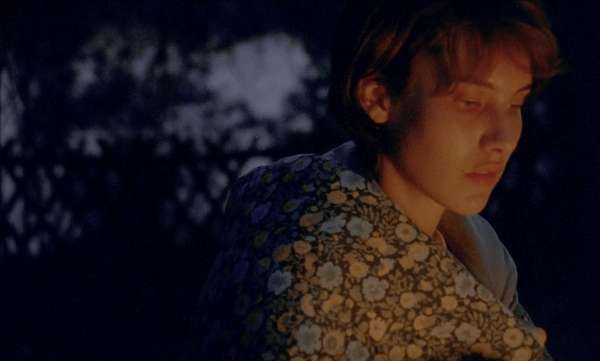
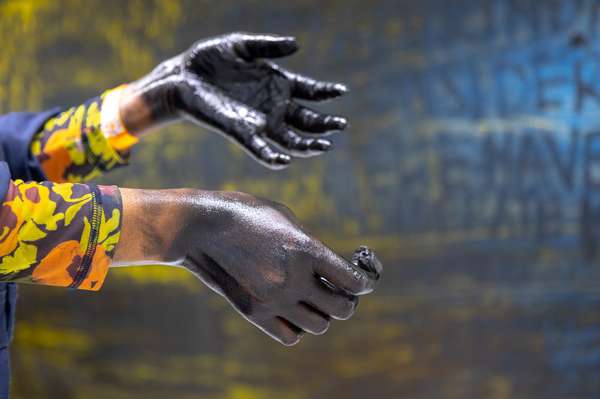







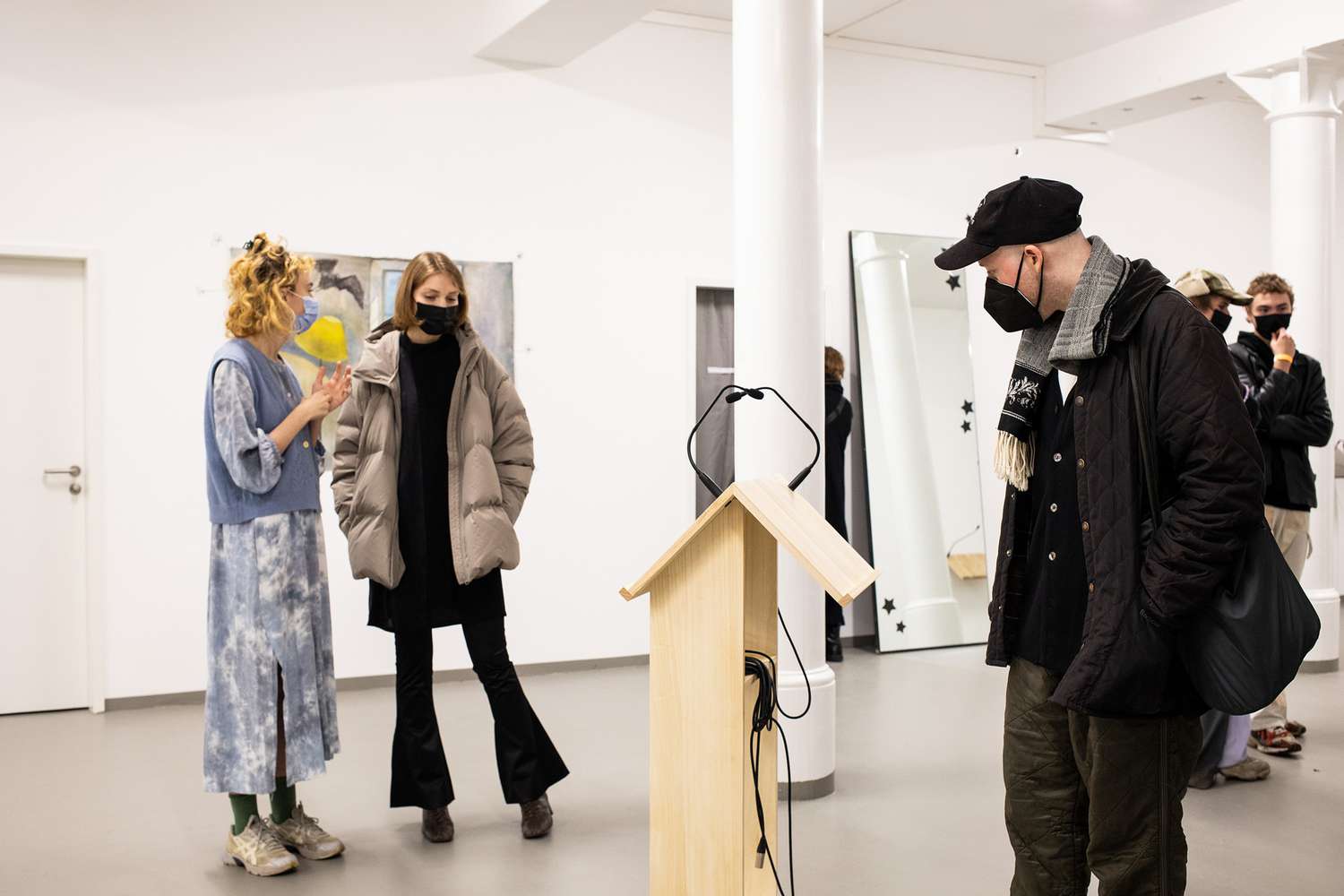
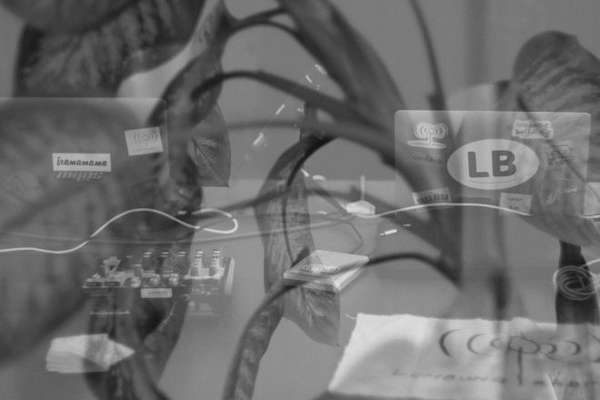
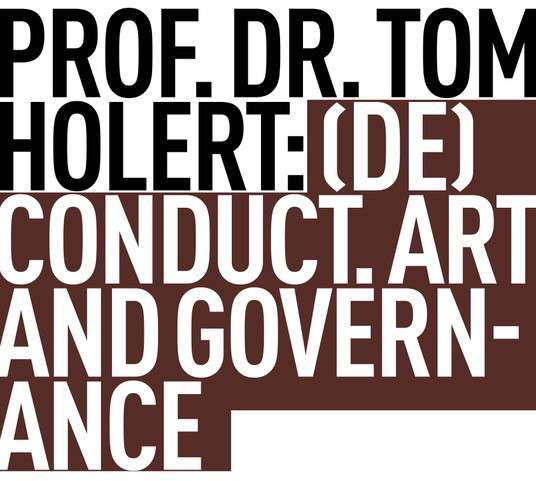
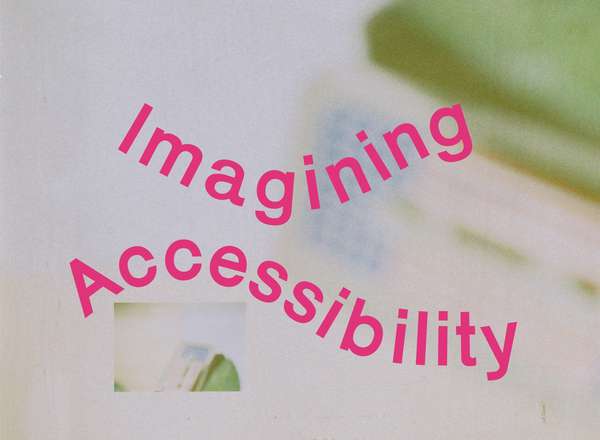
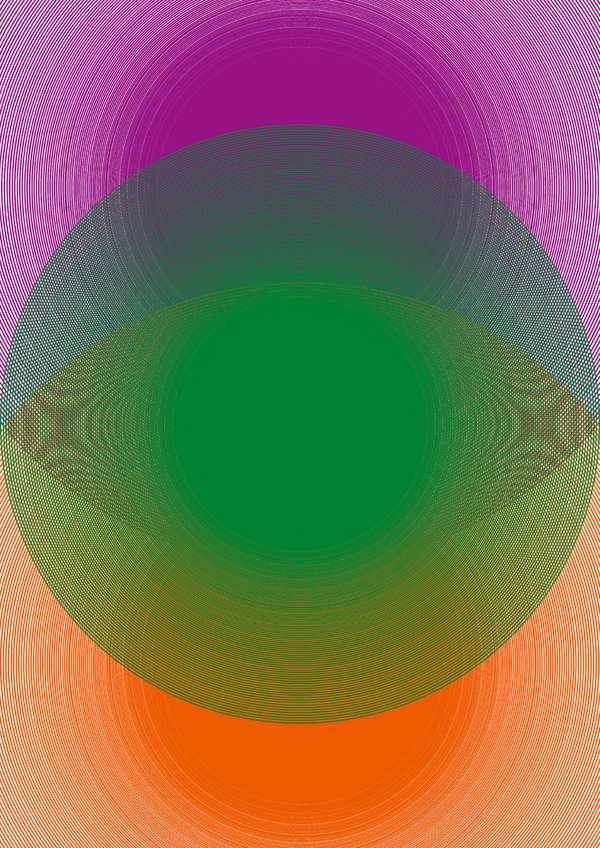
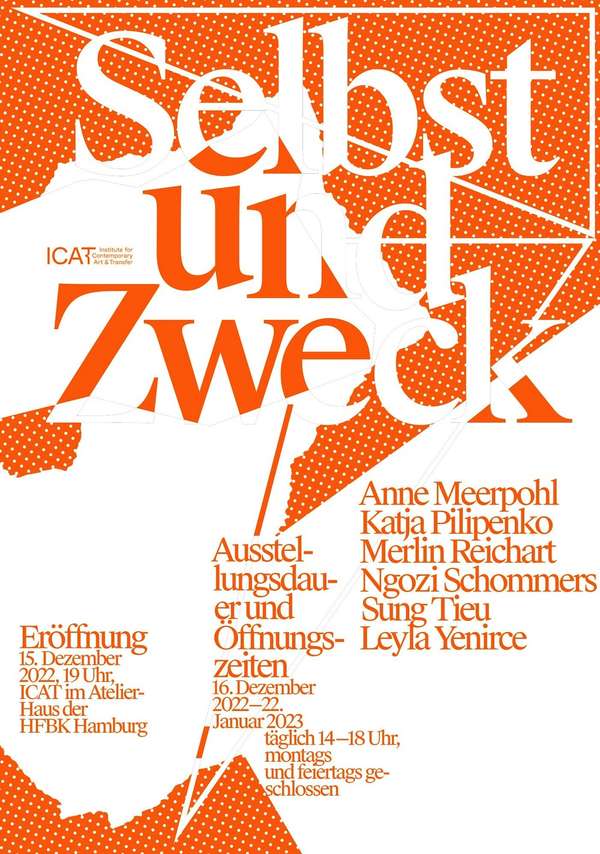
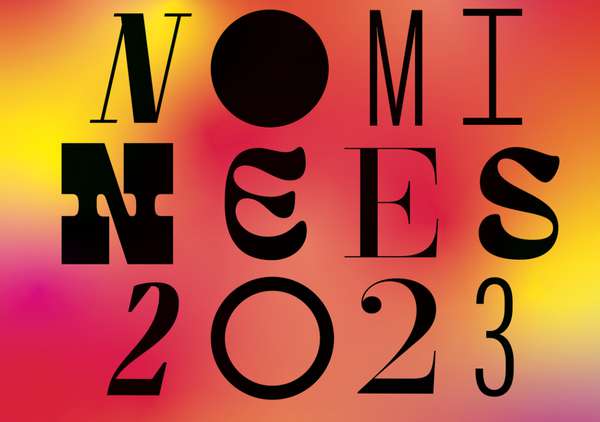
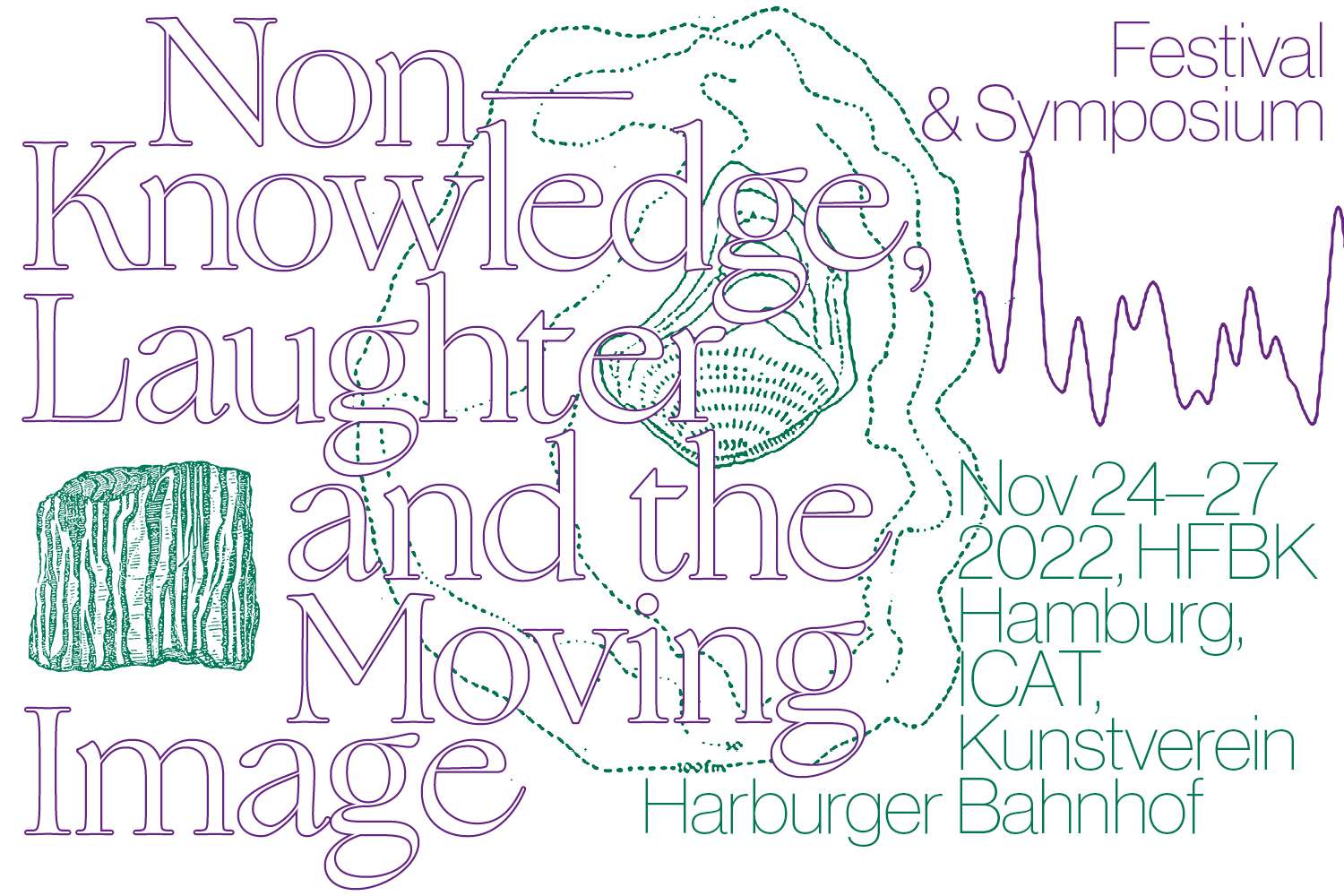



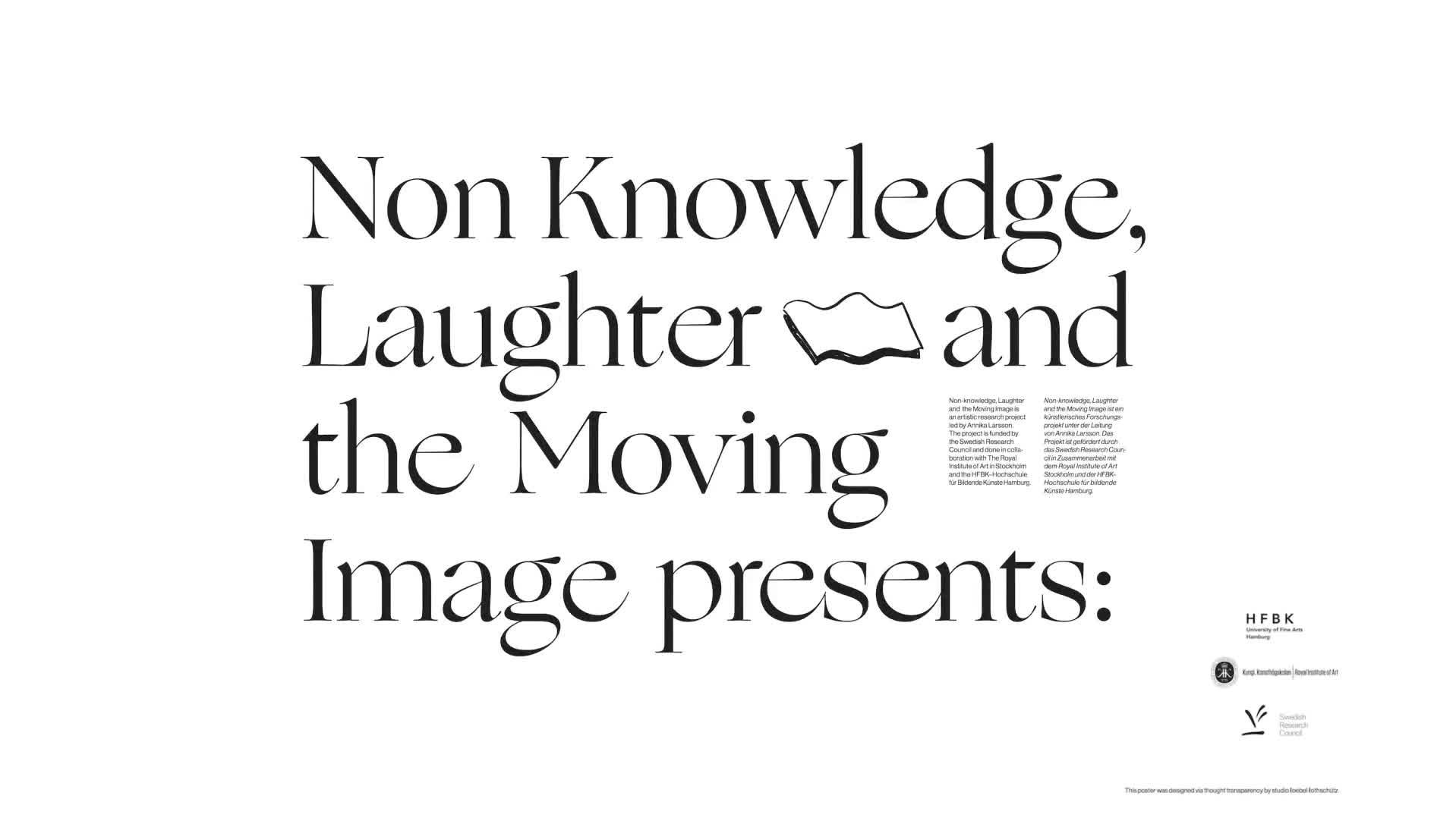
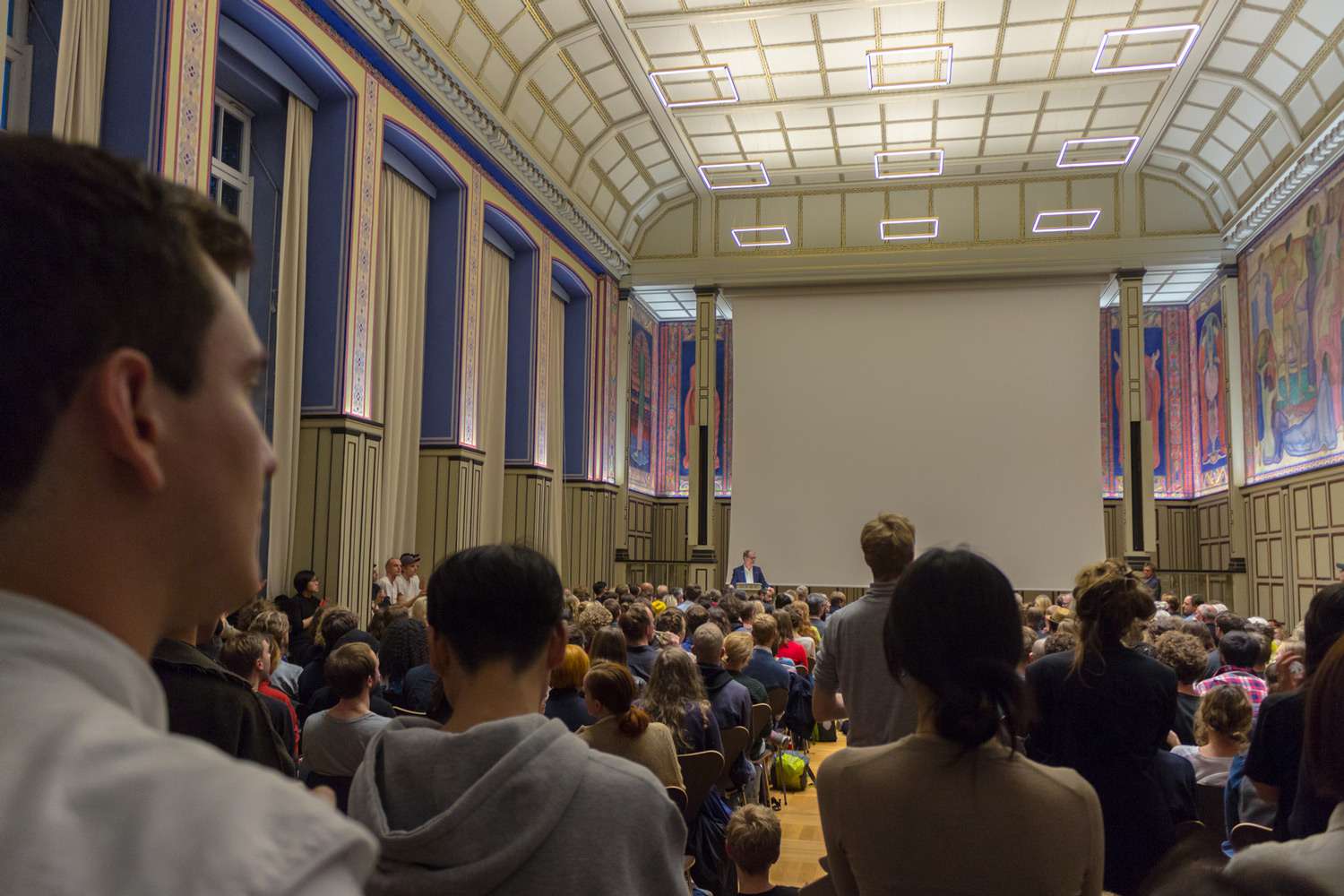
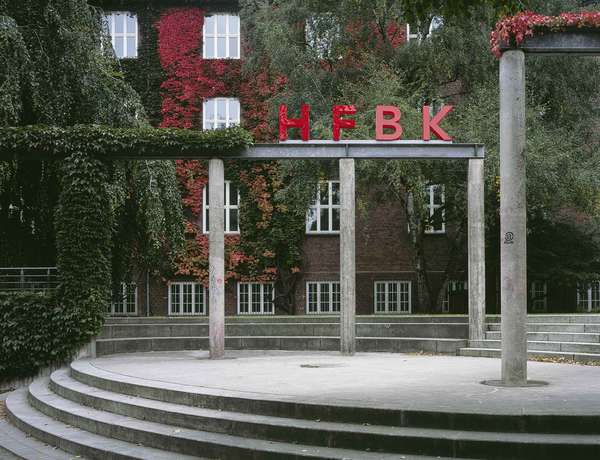
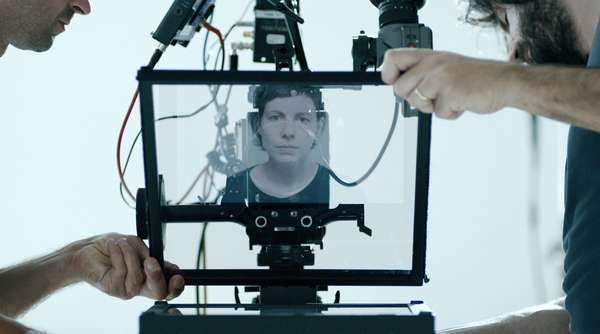

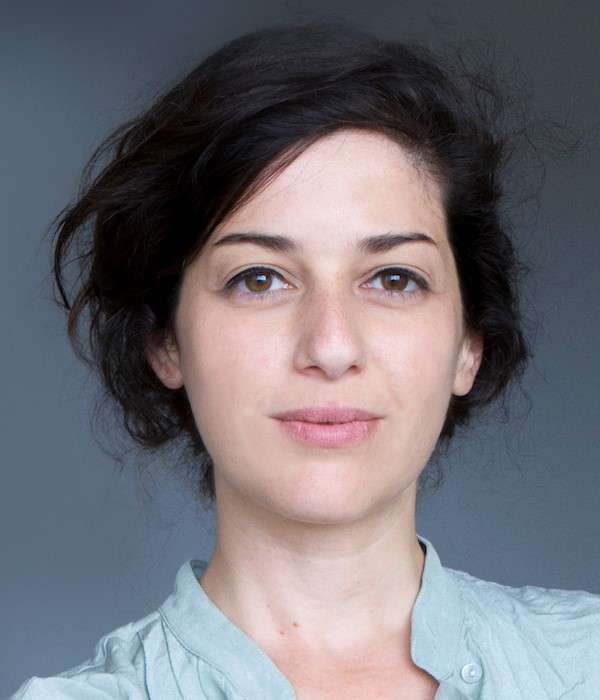




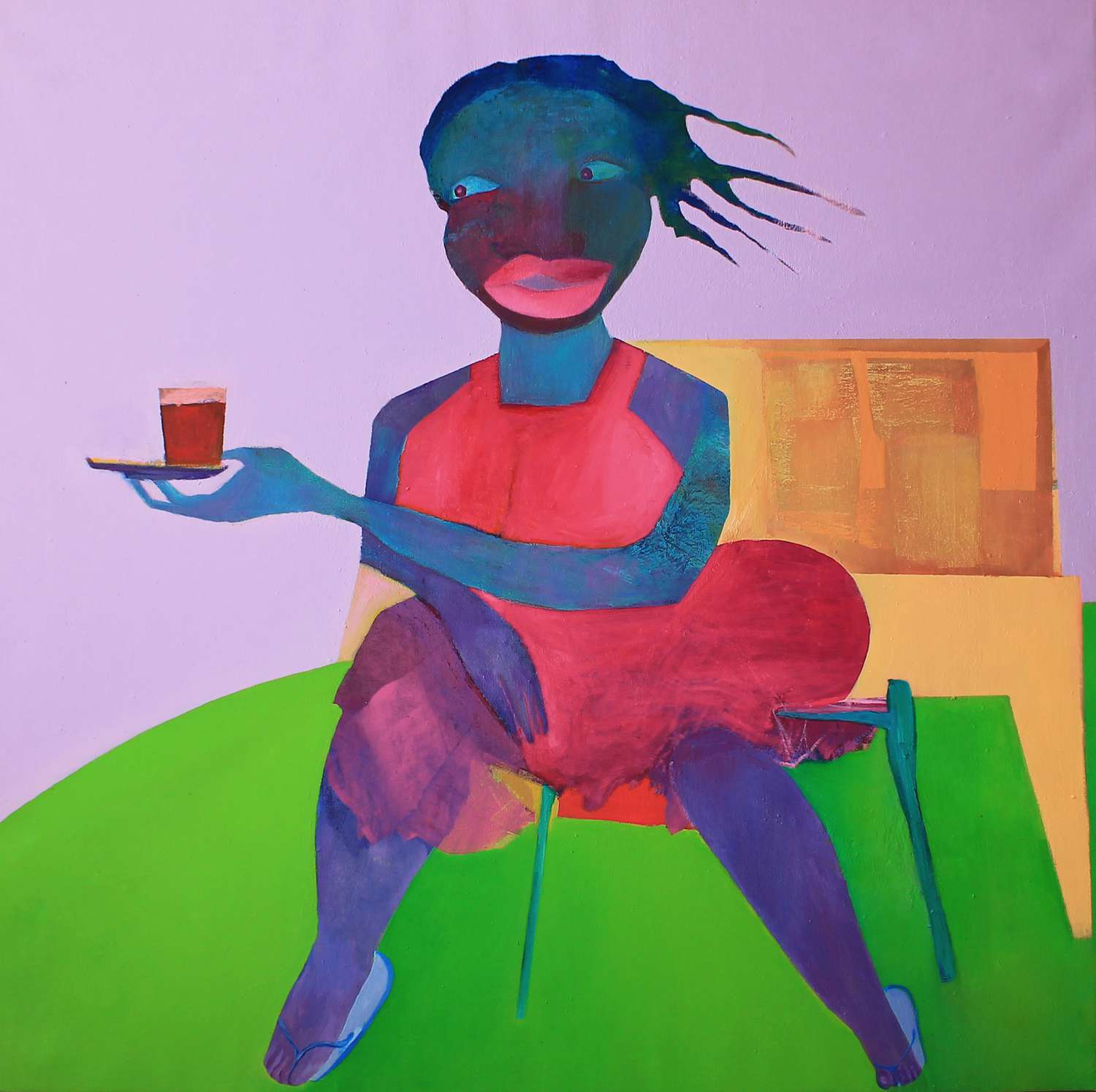
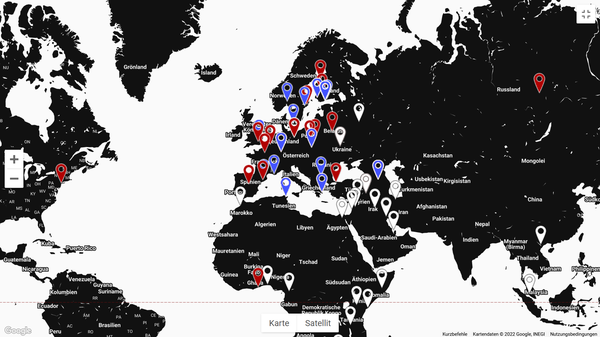
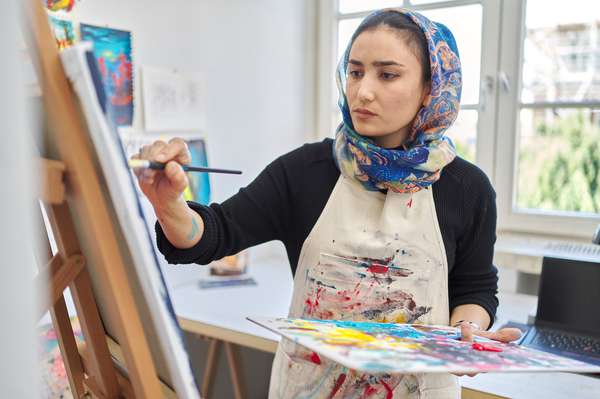









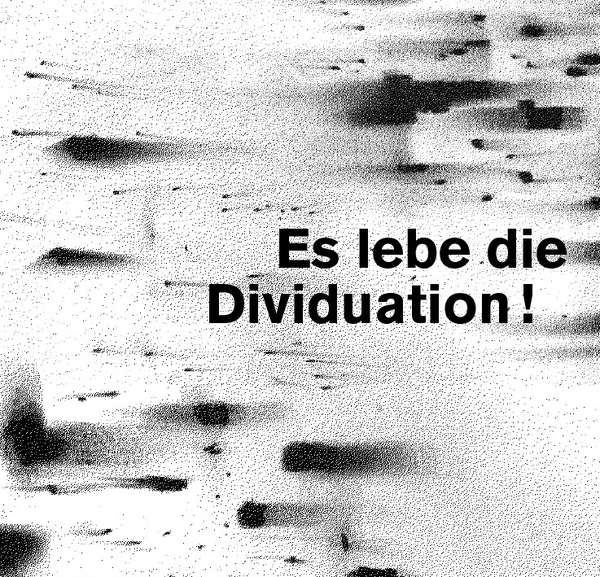





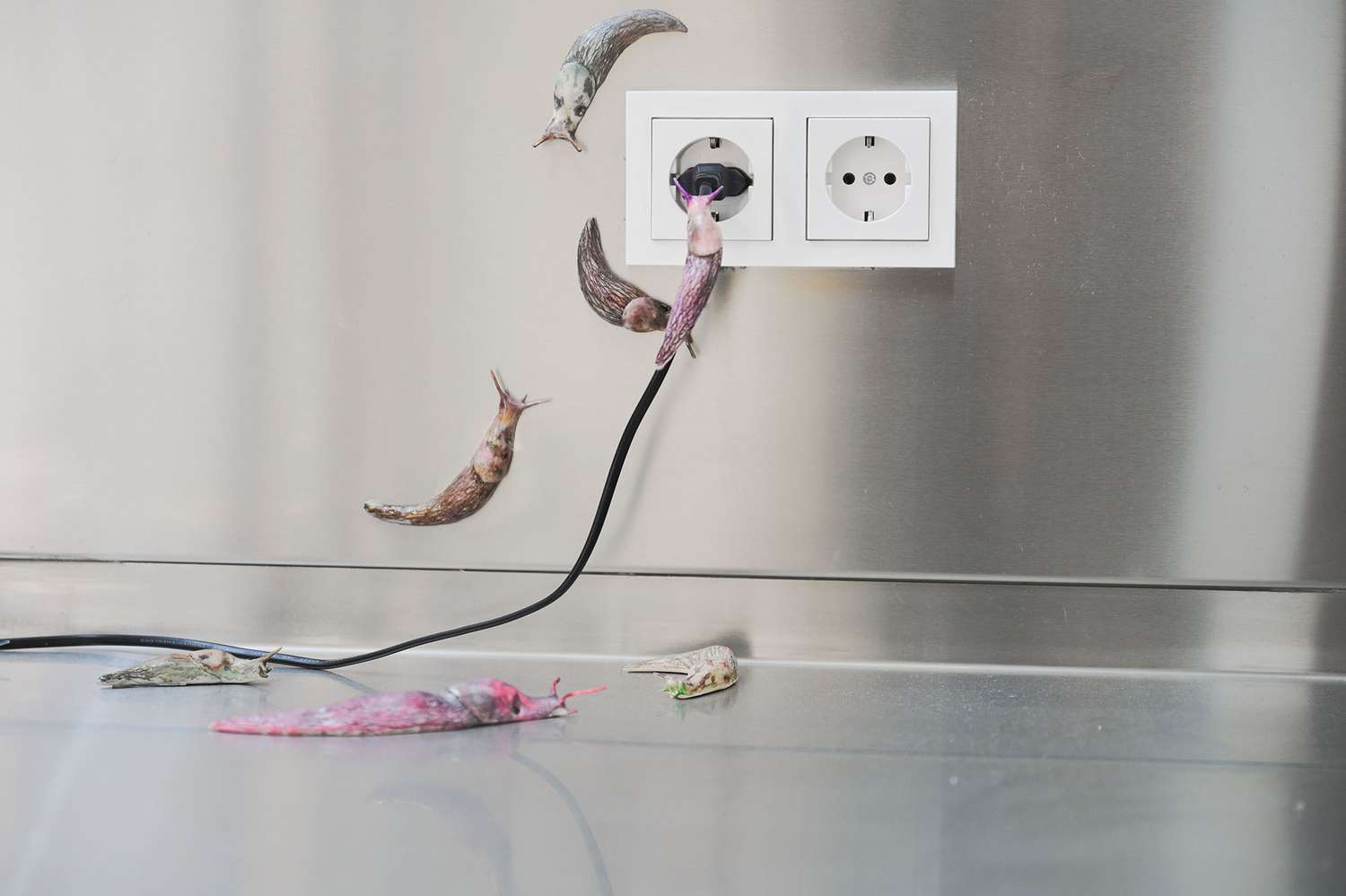


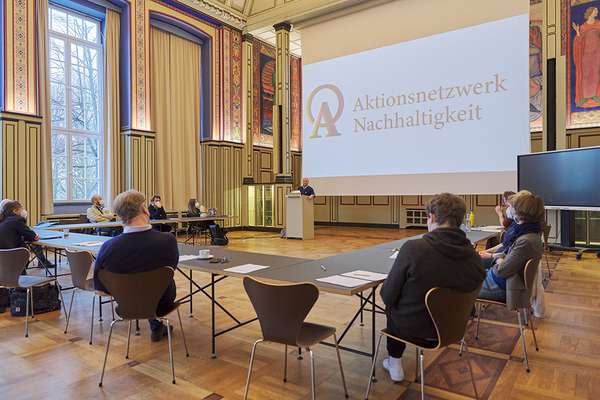






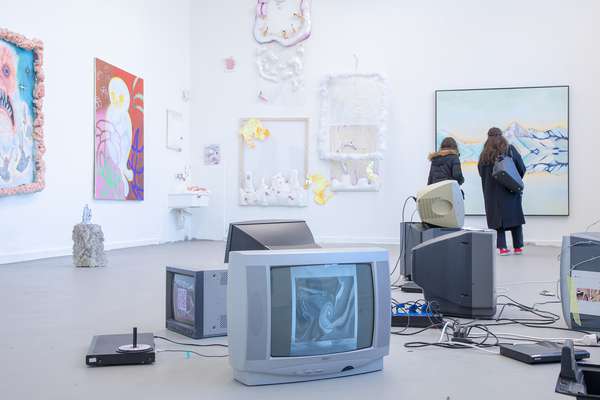
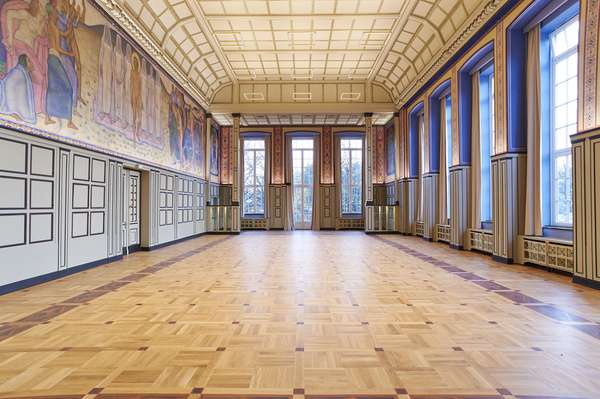
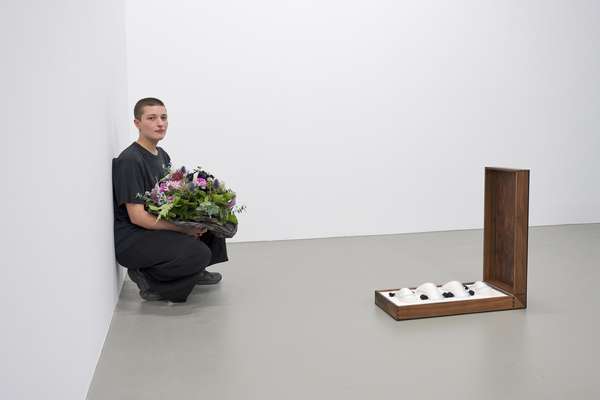








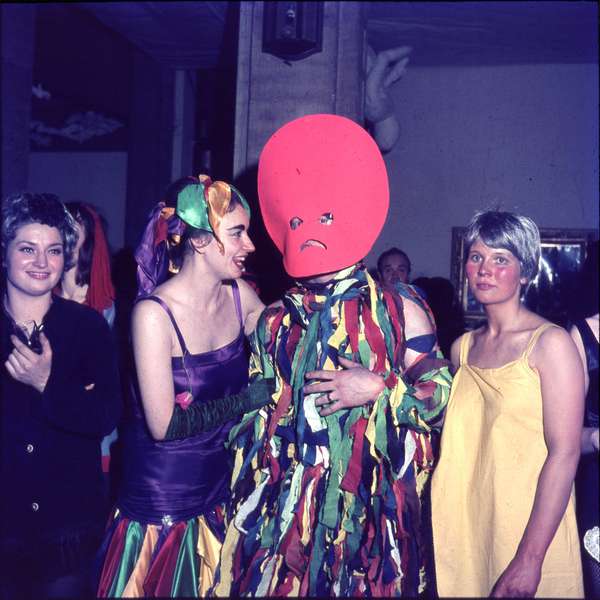
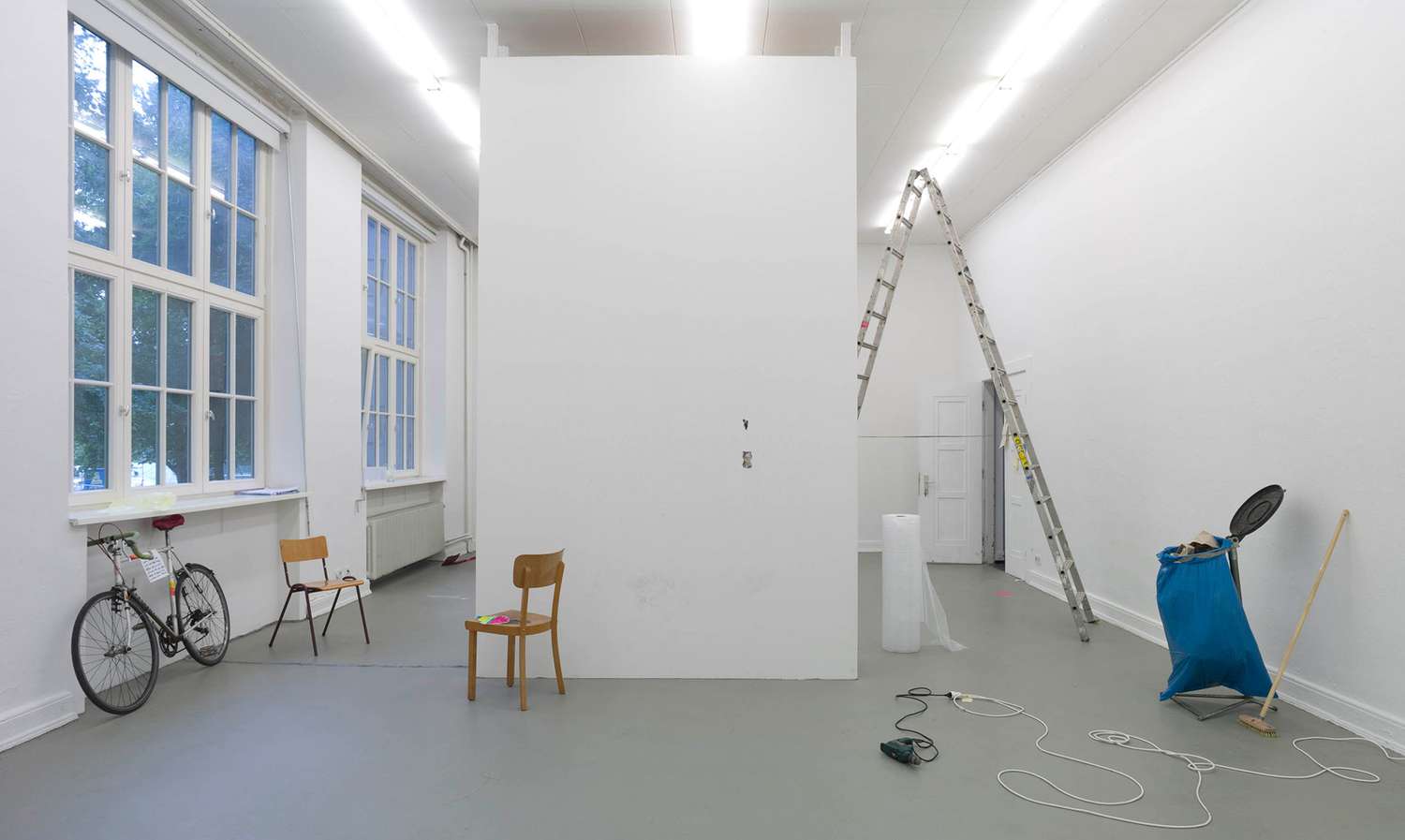
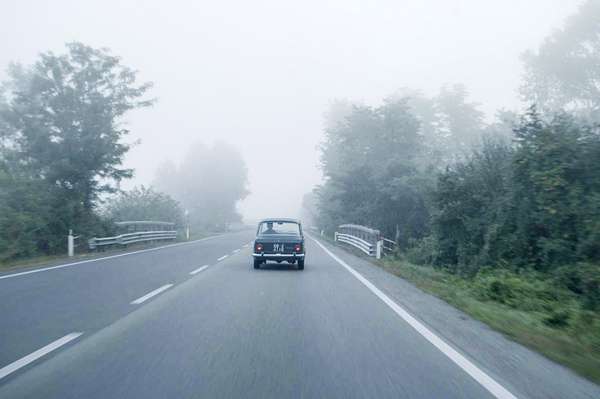
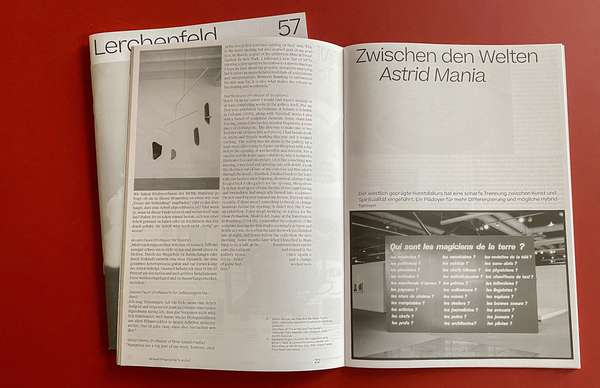
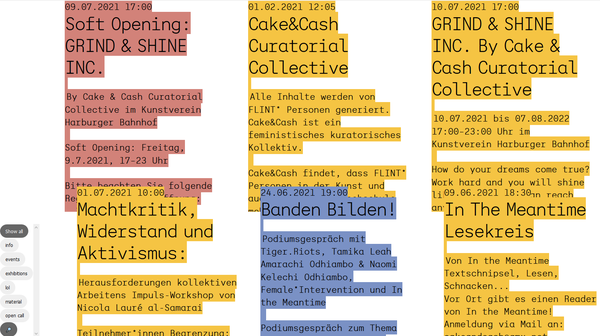
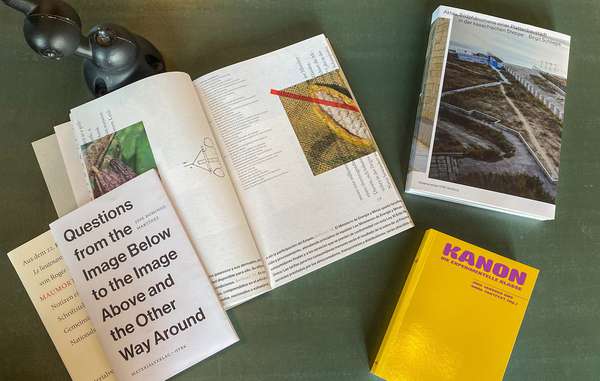
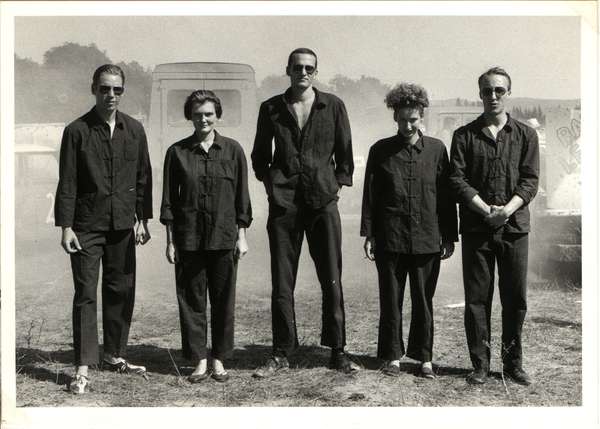





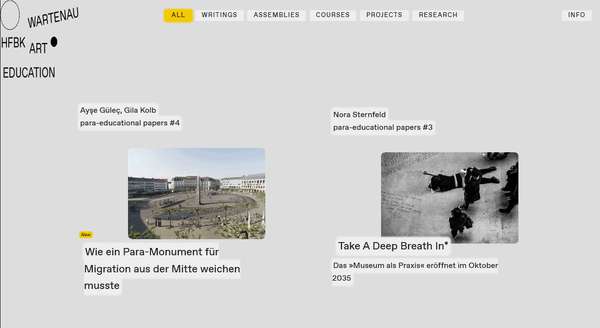

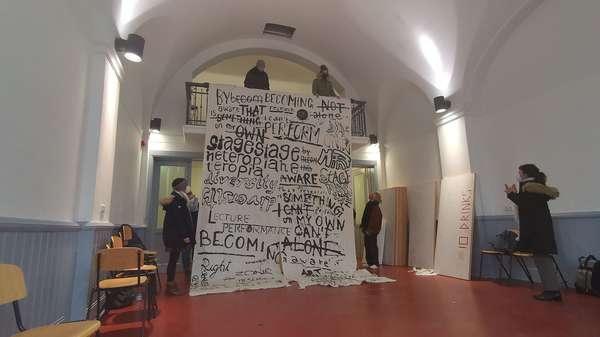
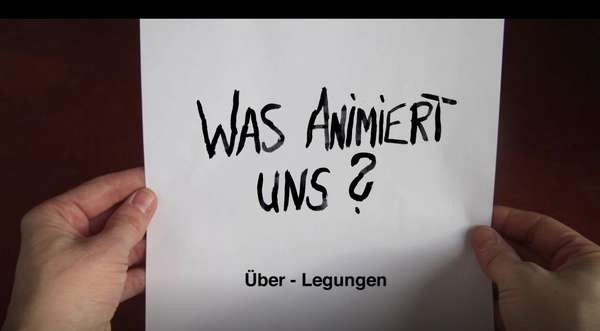
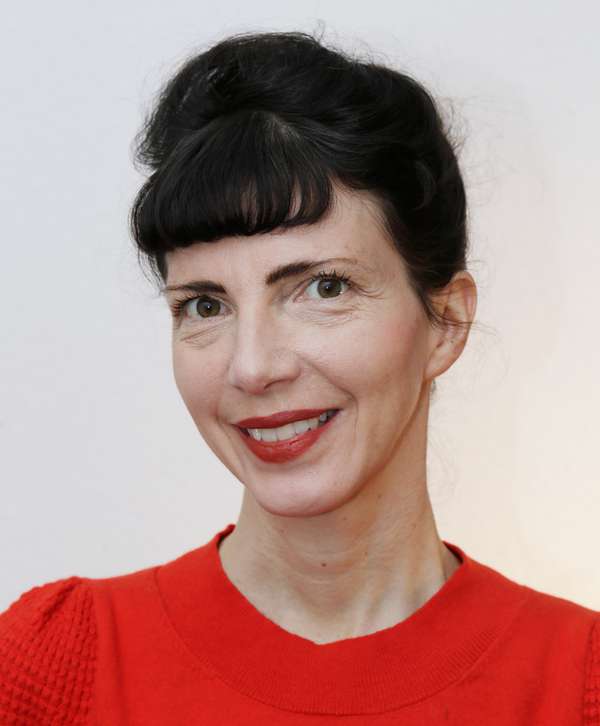
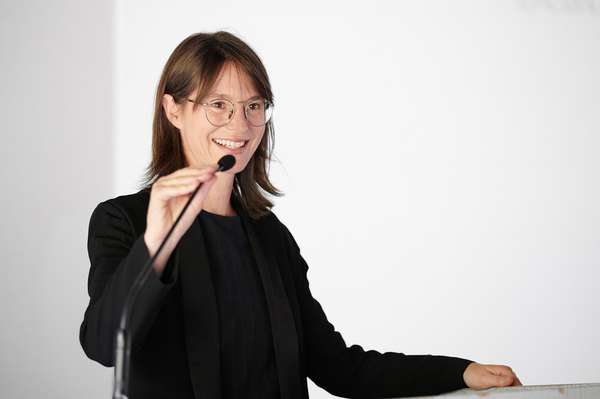

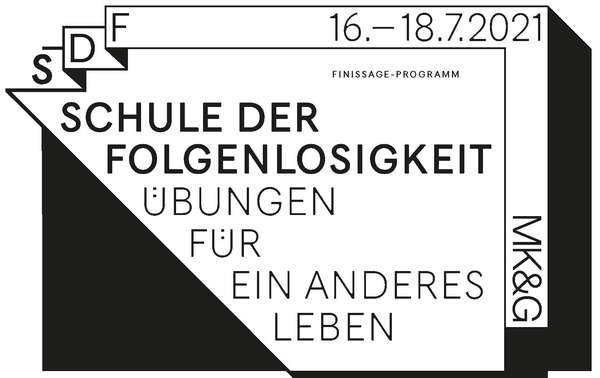


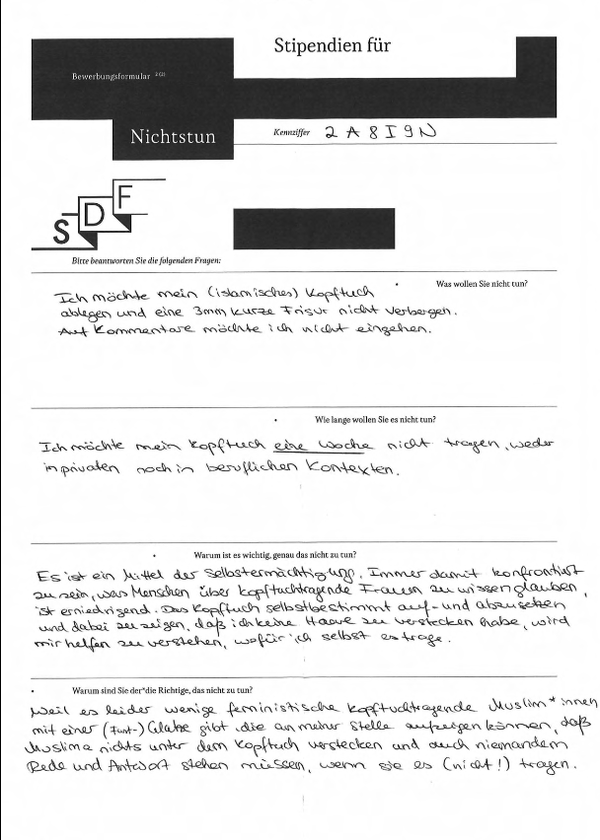









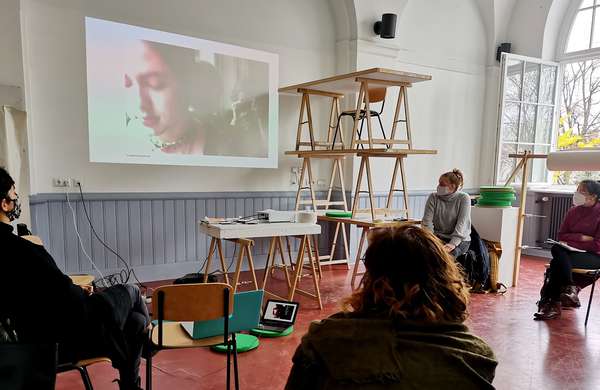





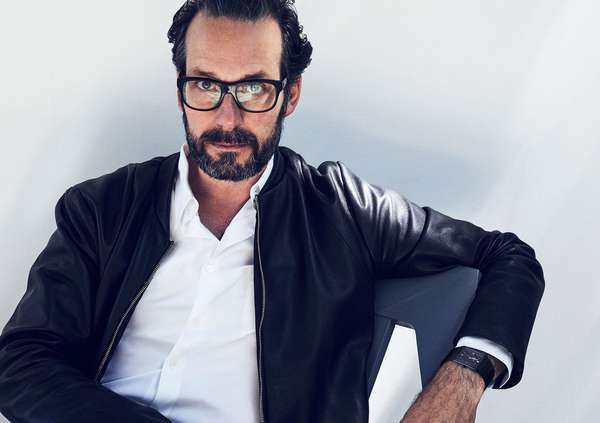

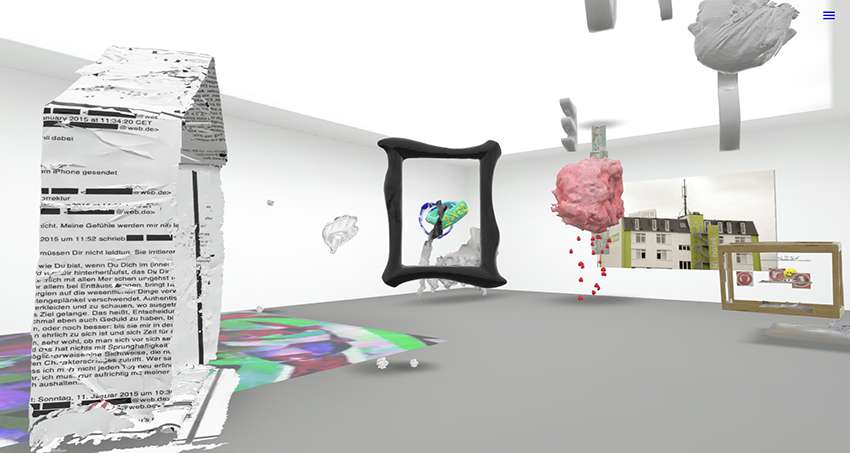

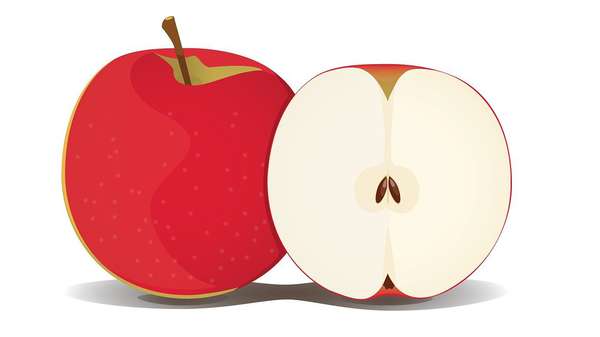

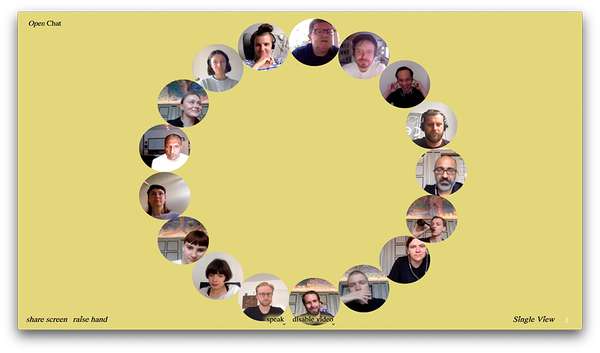

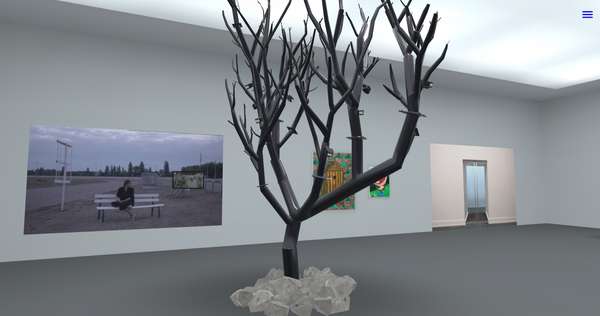









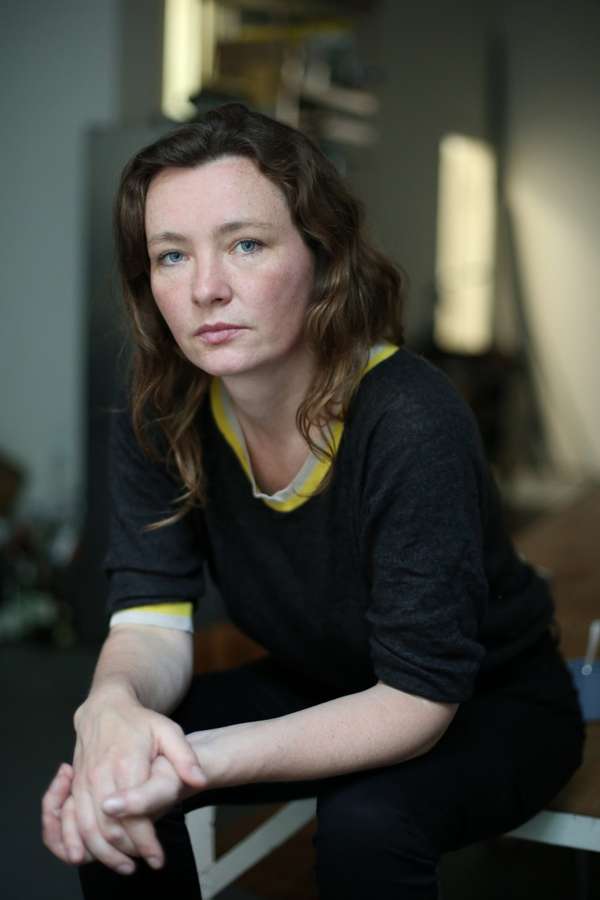

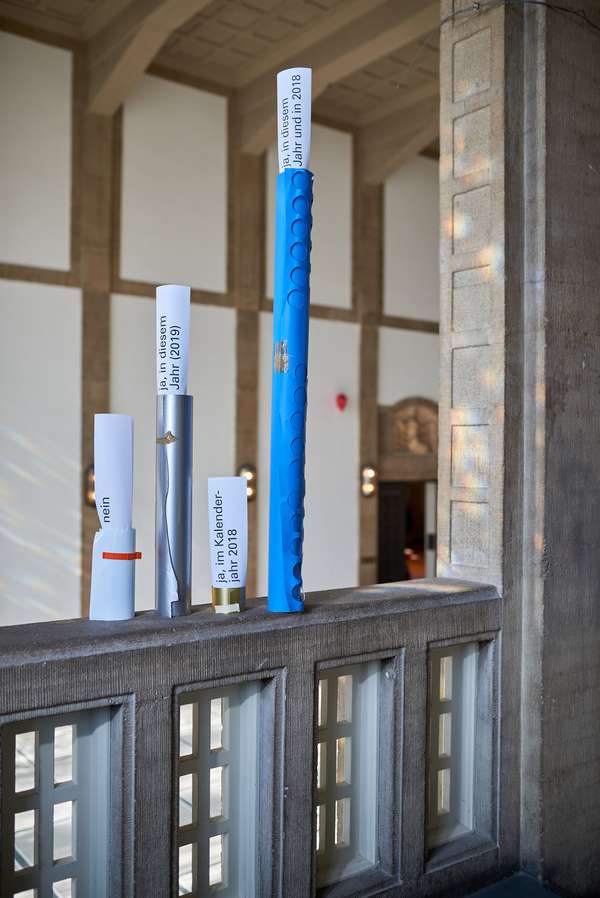



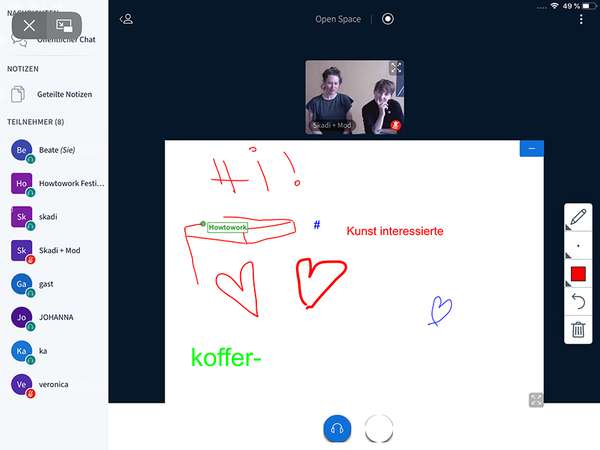
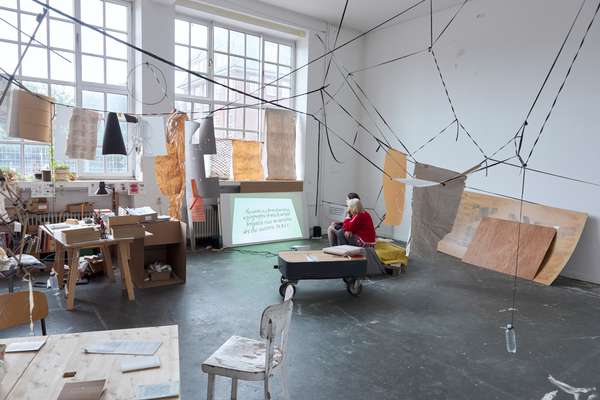

 Finkenwerder Art Prize 2024
Finkenwerder Art Prize 2024
 In conversation with Natan Sznaider
In conversation with Natan Sznaider
 Archives of the Body - The Body in Archiving
Archives of the Body - The Body in Archiving
 New partnership with the School of Arts at the University of Haifa
New partnership with the School of Arts at the University of Haifa
 Exhibition recommendations
Exhibition recommendations
 Annual Exhibition 2024 at the HFBK Hamburg
Annual Exhibition 2024 at the HFBK Hamburg
 How to apply: study at HFBK Hamburg
How to apply: study at HFBK Hamburg
 (Ex)Changes of / in Art
(Ex)Changes of / in Art
 Extended Libraries
Extended Libraries
 Semester Opening 2023/24
Semester Opening 2023/24
 And Still I Rise
And Still I Rise
 No Tracking. No Paywall.
No Tracking. No Paywall.
 Let's talk about language
Let's talk about language
 Graduate Show 2023: Unfinished Business
Graduate Show 2023: Unfinished Business
 Let`s work together
Let`s work together
 Annual Exhibition 2023 at HFBK Hamburg
Annual Exhibition 2023 at HFBK Hamburg
 Symposium: Controversy over documenta fifteen
Symposium: Controversy over documenta fifteen
 The best is saved until last
The best is saved until last
 Festival and Symposium: Non-Knowledge, Laughter and the Moving Image
Festival and Symposium: Non-Knowledge, Laughter and the Moving Image
 Wishing you a happy welcome
Wishing you a happy welcome
 Solo exhibition by Konstantin Grcic
Solo exhibition by Konstantin Grcic
 Art and war
Art and war
 Graduate Show 2022: We’ve Only Just Begun
Graduate Show 2022: We’ve Only Just Begun
 June is full of art and theory
June is full of art and theory
 Finkenwerder Art Prize 2022
Finkenwerder Art Prize 2022
 Nachhaltigkeit im Kontext von Kunst und Kunsthochschule
Nachhaltigkeit im Kontext von Kunst und Kunsthochschule
 Raum für die Kunst
Raum für die Kunst
 Annual Exhibition 2022 at the HFBK
Annual Exhibition 2022 at the HFBK
 Conference: Counter-Monuments and Para-Monuments.
Conference: Counter-Monuments and Para-Monuments.
 Diversity
Diversity
 Summer Break
Summer Break
 Live und in Farbe: die ASA Open Studios im Juni 2021
Live und in Farbe: die ASA Open Studios im Juni 2021
 Unlearning: Wartenau Assemblies
Unlearning: Wartenau Assemblies
 School of No Consequences
School of No Consequences
 Annual Exhibition 2021 at the HFBK
Annual Exhibition 2021 at the HFBK
 Semestereröffnung und Hiscox-Preisverleihung 2020
Semestereröffnung und Hiscox-Preisverleihung 2020
 Teaching Art Online at the HFBK
Teaching Art Online at the HFBK
 HFBK Graduate Survey
HFBK Graduate Survey
 How political is Social Design?
How political is Social Design?